You don’t realize how much stuff you own… until you try to move it across the country.
If you’re staring down the barrel of a long distance move, you’re probably feeling a mix of excitement and stress.
You’re not alone. Most people wing it. They scribble a few to-dos on a sticky note, toss their life into boxes, and hope for the best.
That's why we created this ultimate long distance moving checklist: not just another generic list, but a comprehensive, tell-it-like-it-is guide that walks you through every single step.
From what to pack for long distance move to interstate moving preparation list tips, we’ve got your back.
So, if you're looking for a guide that's got everything, then you are in the right place.
Why You Need a Long Distance Moving Checklist
Long distance moving isn’t just about tossing your stuff in boxes and hitting the road. It’s a full-blown operation. And without a plan, it will be chaos.
Here’s exactly why you need a long distance moving checklist:
You’re moving across state lines
Whether it’s a job relocation or a fresh start, crossing state borders means more logistics and more chances to forget something important. A moving checklist for out of state relocation keeps you on track.
There are a million moving parts
From hiring movers to canceling utilities to figuring out what to pack for long distance move, there’s a lot to juggle. A checklist helps you break it all down.
You want to avoid last-minute chaos
Ever tried finding a moving truck the week before your move? Yeah, don’t. A checklist helps you plan ahead.
You’re not trying to break the bank
Long-distance moves can cost anywhere from $2,500 to $ 7,000 or more, depending on the distance and size of the home. A checklist helps you budget more effectively and avoid unnecessary expenses.
You’ve got pets, kids, or a full-time job
Life doesn’t stop just because you’re moving. A checklist helps you stay organized even when you’re juggling school drop-offs, Zoom meetings, and a cat who thinks the moving boxes are his new kingdom.
You’re a checklist person (or want to be)
There’s something satisfying about checking things off. And with a long distance moving checklist, you can literally track your progress.

Thinking about hiring movers but don’t know who to trust? Check out our best long distance movers and skip the stress of shady companies.
How Far in Advance Should You Prepare To Move?
Short answer? Earlier than you think. Here’s the golden rule: start preparing at least 8–10 weeks before your move date. If you're moving during peak season (May through September) or doing a cross country move, aim for 12+ weeks in advance.
Here’s the proper timeline:
| Timeframe Before Move | What You Should Be Doing |
|---|---|
| 10–12 Weeks Out |
|
| 8–10 Weeks Out |
|
| 6–8 Weeks Out |
|
| 4–6 Weeks Out |
|
| 2–3 Weeks Out |
|
| 1 Week Out |
|
| Moving Day |
|

Still figuring out where to move? Explore our city relocation guides and find your next zip code.
The Ultimate Long Distance Moving Checklist
8 Weeks Before Your Move
This is the planning phase. Every great move starts with a strategy.
Research and Book a Reputable Long-Distance Moving Company
- Get written quotes from 3-4 licensed movers.
- Verify DOT registration via the FMCSA website.
- Read reviews carefully (use Yelp, BBB, Trustpilot and My Good Movers).
Pro Tip: Book early—many long-distance movers are fully booked 4–6 weeks in advance, especially during peak moving season (May–September).
Inventory Everything
- Walk through every room. Document what’s coming and what’s going.
- Use a spreadsheet or a long distance moving checklist to organize.
- Mark high-value or sentimental items for extra care.
Start Purging
- Sell, donate, or toss what you don’t need. Remember: the more you move, the more you pay.
- Organize a garage sale or list items on Facebook Marketplace, OfferUp, or Nextdoor.
Start Gathering Essential Paperwork
- Lease agreements, job offers, school records, and ID updates—file them digitally and physically.
- Make a “Move Binder.” It keeps everything in one place.
6 Weeks Before Moving
Order Packing Supplies
You’ll need:
- Sturdy boxes (variety of sizes)
- Heavy-duty tape
- Packing paper & bubble wrap
- Labels & color-coded stickers
Cost-saving tip: Ask local retailers or check sites like Craigslist for free boxes.
Start Packing Non-Essentials
This is a good time to pack:
- Seasonal clothing
- Books
- Decorations
- Rarely used kitchenware
Label Like a Pro
- Use clear, descriptive labels—not just “bedroom” but "Anna's Room – Dresser Drawer 1."
- Keep an inventory list of every box for insurance and peace of mind.
Packing tip for long distance move:Stick with double-walled boxes for fragile items and fill every inch of space inside with cushioning material.
4 Weeks Before Moving
This is the time to power up. Here’s what’s next in the interstate moving preparation list:
Confirm Moving Arrangements
- Call your mover and verify the date, time, and delivery window.
- Ask about their claims process, cancellation policy, and payment timeline.
Notify Utilities & Service Providers
- Electric, water, gas, internet, cable—schedule disconnections for your move-out day and connections for your new place.
- Don’t forget trash pickup, lawn care, and newspaper delivery.
Update Your Address
- Submit a change-of-address form with USPS.
- Let your bank, credit card providers, insurance companies, and streaming services know.
- Update delivery addresses on Amazon, eBay, etc.
2 Weeks Before Moving
You're in the home stretch now, and this phase is all about double-checking, packing smart, and making sure nothing falls through the cracks.
Confirm All the Details Again
Even if you've already done this, do it one more time:
- Reconfirm the move date and arrival time with your mover.
- Reverify your new address and directions—especially if it’s a newly developed area (GPS isn’t always perfect).
- Ask again about the delivery window, particularly for cross country moving checklist scenarios where multiple stops may delay arrival.
Make Travel Plans
If you're driving:
- Get a tune-up for your car. Check tires, brakes, and fluids.
- Map your route and book hotels if it’s a multi-day drive.
If you're flying:
- Book your flight and arrange transport from the airport to your new home.
- Ship essentials in advance or carry them as checked luggage (things like bedding, clothes, and toiletries).
Arrange Child & Pet Care
Moving day is not fun for pets or little ones.
- Have a friend, relative, or sitter look after them while the heavy lifting happens.
- If they’ll be traveling with you, pack their essentials too.
1 Week Before Moving
This week is all about final touches, deep cleans, and last-minute packing smarts.
Pack an Essentials Box (Or Two!)
This is your survival kit for the first 48 hours in your new home.
Include:
- Toiletries
- Paper towels
- Basic tools (screwdriver, hammer, scissors)
- First aid kit
- Chargers
- Medications
- Change of clothes
Not sure what to pack for long distance move essentials? Imagine you're going on a three-day camping trip inside an empty house.
Clean Like You’re Getting Your Deposit Back
If you’re leaving a rental:
- Vacuum, mop, and scrub everything from baseboards to ceiling fans.
- Patch holes from picture hooks or nails.
If you're selling your home:
- A pristine house helps boost that final impression for buyers.
Moving Day Checklist
Today's the day. You've prepped, planned, and caffeinated. Now, let's get you out the door.
Do a Final Walkthrough
- Check every cabinet, closet, and drawer.
- Don’t forget attics, basements, garages, and behind doors.
Guide Your Movers
- Be available to answer questions.
- Mark fragile boxes and high-priority items clearly.
- Keep pets and small children out of the way for safety.
Keep These on You (Not in the Moving Truck)
- IDs and passports
- Financial documents
- Lease or closing papers
- Valuables (jewelry, heirlooms, electronics)
After the Move - Your Post-Move Checklist
You did it! Now that the truck is gone and the boxes are staring at you, here’s what to do next.
Unpack Strategically
- Start with the essentials box.
- Then, move on to the kitchen, bathroom, and bedrooms.
- Save storage spaces and garages for last.
Check for Damages & File Claims Quickly
- Compare delivered items to your inventory list.
- Take photos of anything damaged.
- Contact your mover ASAP if something’s wrong—most companies have a window (often 30 days) for filing claims.
Update Local Registrations
Within your new state:
- Apply for a new driver’s license and vehicle registration within the first 30 days.
- Register to vote.
- Update your health insurance providers and find new local care options.

Want to compare movers side-by-side? Use our find movers tool and line up your options according to your needs.
What to Pack and What to Leave Behind
Packing for a long distance move is like trying to solve a Rubik’s Cube blindfolded. You’ve got limited space and a whole house full of “maybe I’ll need this someday” items.
But not everything deserves a spot on the truck. The key to a smooth move is knowing what to bring and what to ditch.
Here’s how to make those tough calls:
What to Pack for a Long Distance Move
These are the things you’ll actually use, need, or regret not bringing.
Daily essentials
Toiletries, medications, chargers, and a few days’ worth of clothes. Pack these in a separate “essentials” bag you keep with you.
Important documents
Birth certificates, passports, insurance papers, lease agreements—don’t trust these to the moving truck. Keep them close.
High-value or sentimental items
Jewelry, family heirlooms, photo albums, or anything irreplaceable should ride with you, not in the back of a trailer.
Seasonal clothing
If you’re moving in summer but your new city gets snow, bring your winter gear. You don’t want to be shopping for a parka in a panic.
Small Electronics
Laptops, tablets, gaming consoles—pack them securely and carry them yourself if possible.
Kitchen basics
A few pots, pans, utensils, and your favorite coffee mug. You don’t need your entire kitchen, but you’ll want to eat something besides takeout.
Tools and cleaning supplies
A basic toolkit, broom, and cleaning wipes will come in handy on both ends of the move.
Personal comfort items
Your favorite pillow, blanket, or that weird candle that smells like home—bring what makes your new place feel like your place.
Pro tip: Use a long distance moving checklist printable to track what you’ve packed and what’s still on the to-do list.
What to Leave Behind
These are the things that just aren’t worth the space, weight, or hassle.
Bulky furniture
Unless it's antique or extremely sentimental, it's often cheaper to sell and replace it than to haul it across the country.
Old electronics and appliances
Most movers won’t even transport large appliances unless they’re professionally disconnected.
Outdated clothes
If you haven’t worn it in a year, you probably won’t wear it in your new city either. Donate or toss.
Books and magazines
Keep a few favorites, but remember: books are heavy. Donate the rest to a local library or thrift store.
Pantry items
Canned goods, spices, and half-used condiments aren’t worth the weight. Use them up or give them away.
Duplicate items
You don’t need three sets of measuring cups or five phone chargers. Pick the best and leave the rest.
Hazardous materials
Movers typically won't transport items such as paint, propane tanks, or cleaning chemicals. Dispose of them properly before moving day.
The Three-Pile Method
When in doubt, use this tried-and-true system:
- Pack– Must-haves, essentials, and things you’ll actually use.
- Donate/Sell– Gently used items that someone else could love.
- Toss– Broken, outdated, or just plain useless stuff.
How to Choose the Right Long Distance Moving Company
Finding the right movers can make or break your long distance moving experience. So here’s how to choose wisely:
Know What You Need
Start by figuring out what services you're actually looking for. Do you just need transportation, or would you like assistance with packing, unpacking, or storage? Some companies offer full-service options, while others are strictly point A to point B.
Check Their Credentials
Every reputable moving company doing interstate work should have a valid USDOT number registered with the FMCSA. It proves they're legit, licensed, and accountable.
Read the Reviews
Don’t just glance at star ratings; read what actual customers are saying. Look for consistent praise or red flags. Pay close attention to comments about punctuality and how the company responds when something goes wrong.
Get Multiple Quotes
Always compare estimates from at least three companies. This gives you a sense of average pricing and prevents you from overpaying.
Review Insurance Coverage
Accidents happen. Ask each company what kind of valuation coverage they offer for your belongings. Basic coverage is often included, but you might need to purchase additional protection especially during a cross country moving.
Trust Your Gut
If something feels off, it probably is. Whether it’s a pushy sales rep, unclear answers, or sketchy paperwork, listen to your instincts.

If you’re still figuring out where to even begin, check out our guide on how to find long distance movers and choose the right crew without the guesswork.
Money-Saving Tips for Long Distance Moves
Moving across the country doesn’t have to mean draining your savings. With a few smart moves, you can cut costs without cutting corners.
Declutter Before You Pack
The more stuff you move, the more it costs. Take the time to sort through your belongings and discard anything you no longer use or need.
Use Free or Cheap Packing Supplies
Boxes and bubble wrap add up fast. Instead of buying everything new, grab free boxes from grocery stores or friends, and use towels, blankets, or clothes to cushion fragile items.
Compare Multiple Moving Options
Don't just accept the first quote you receive. Compare full-service movers, truck rentals, and portable container services. Sometimes, a hybrid move can save you hundreds.
Move During Off-Peak Times
If you are moving in the summer or on weekends, expect premium prices. If possible, schedule your move for mid-week and during the off-season (October–April) to receive better rates.
Rent Equipment Instead of Buying
Need a dolly, moving blankets, or straps? Rent them from a hardware store instead of buying them. You'll only need them for a day or two, and rentals are cheaper than purchasing new gear.
Create and Stick to a Budget
Track every expense. Having a clear budget helps you avoid overspending and gives you a better sense of where you can cut back if needed.
Consider a Portable Moving Container
Services like PODS or U-Pack allow you to load your belongings at your own pace, and then they handle the transportation. It's often cheaper than full-service movers and less stressful.

Not sure what your move’s gonna cost you? Use our moving cost calculator and stop guessing.
Recommended Resources















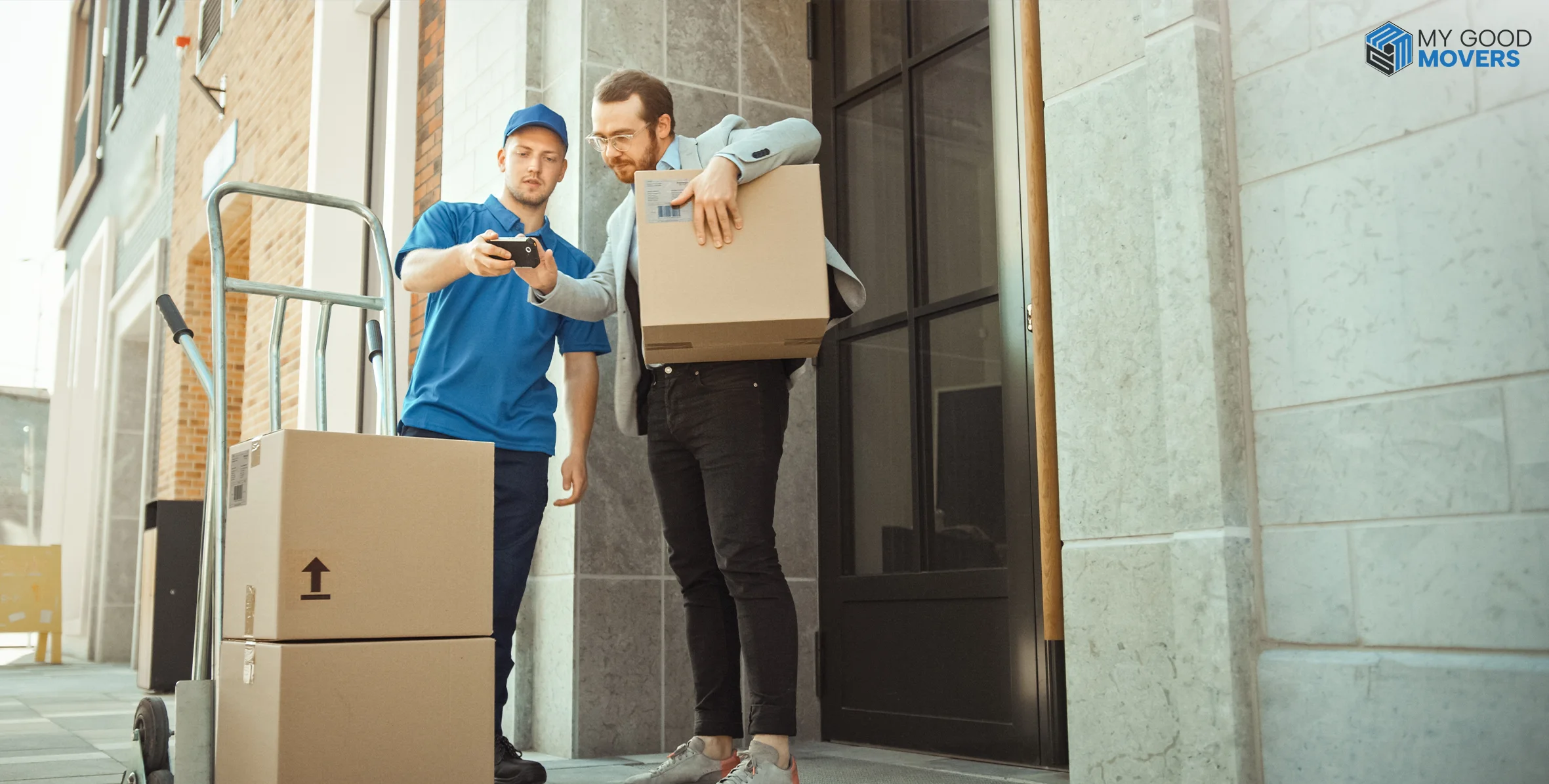
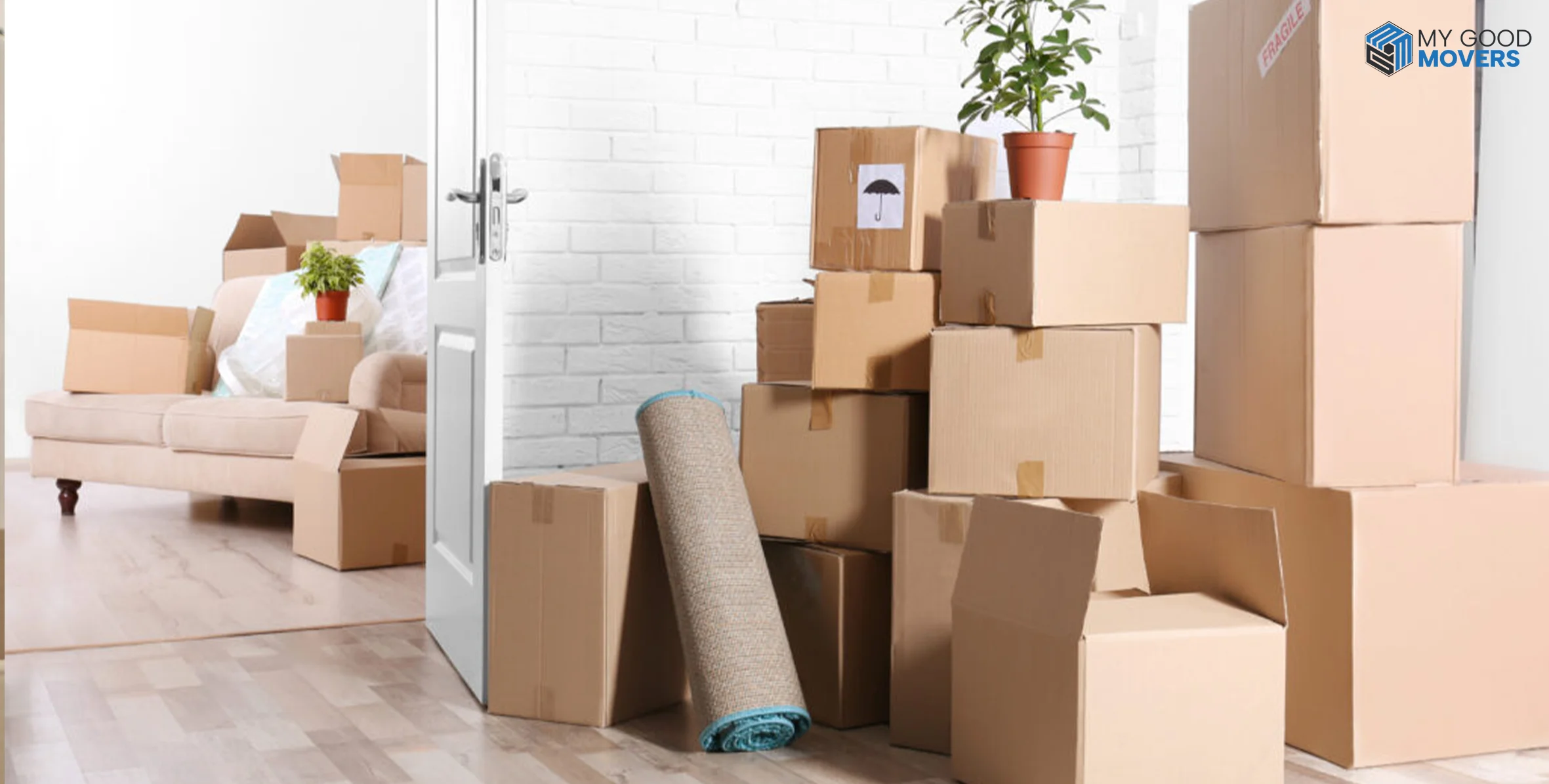
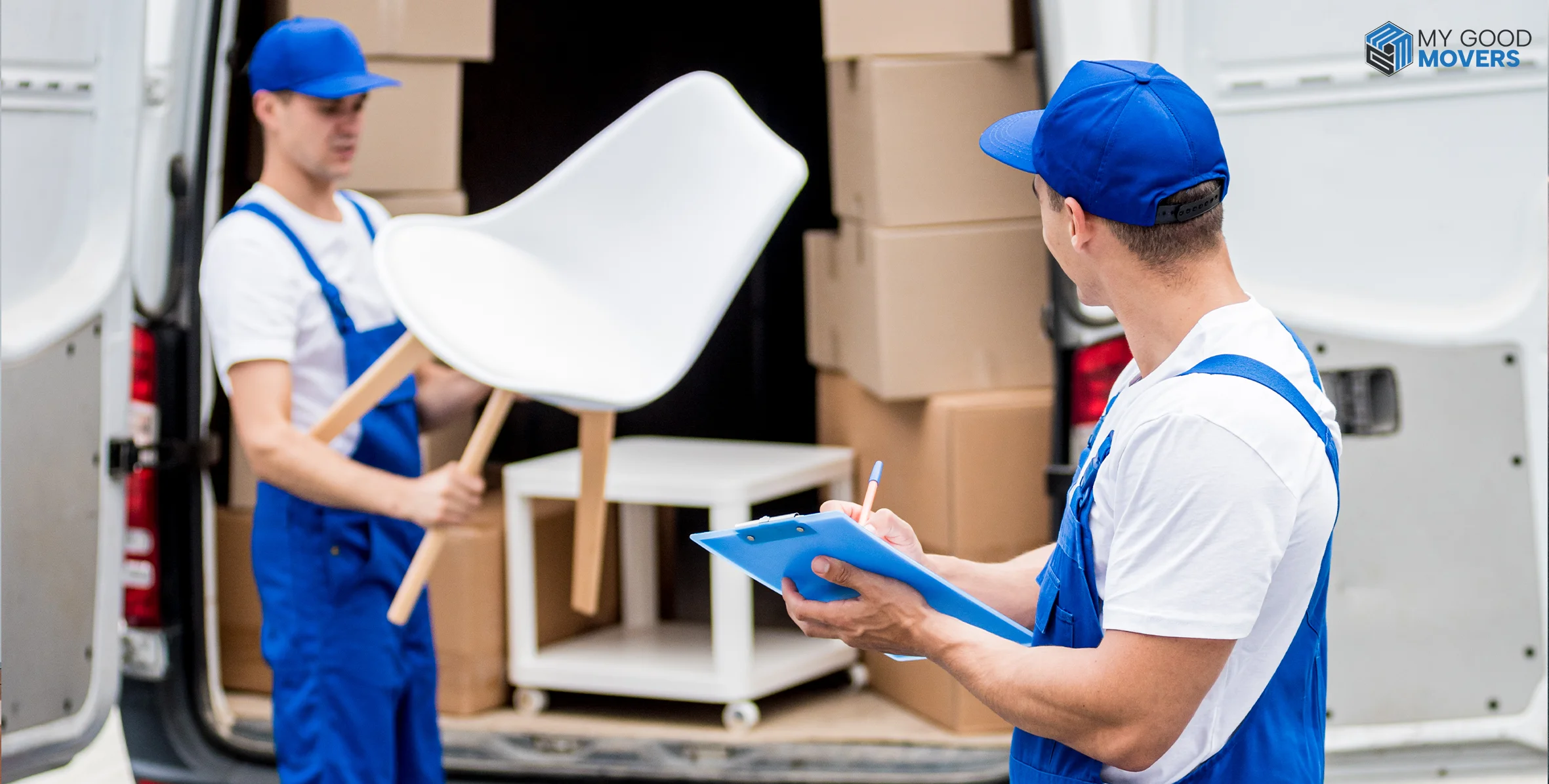
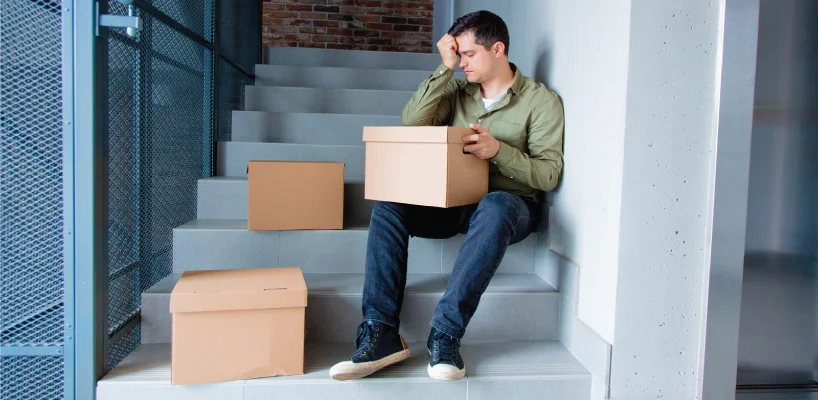
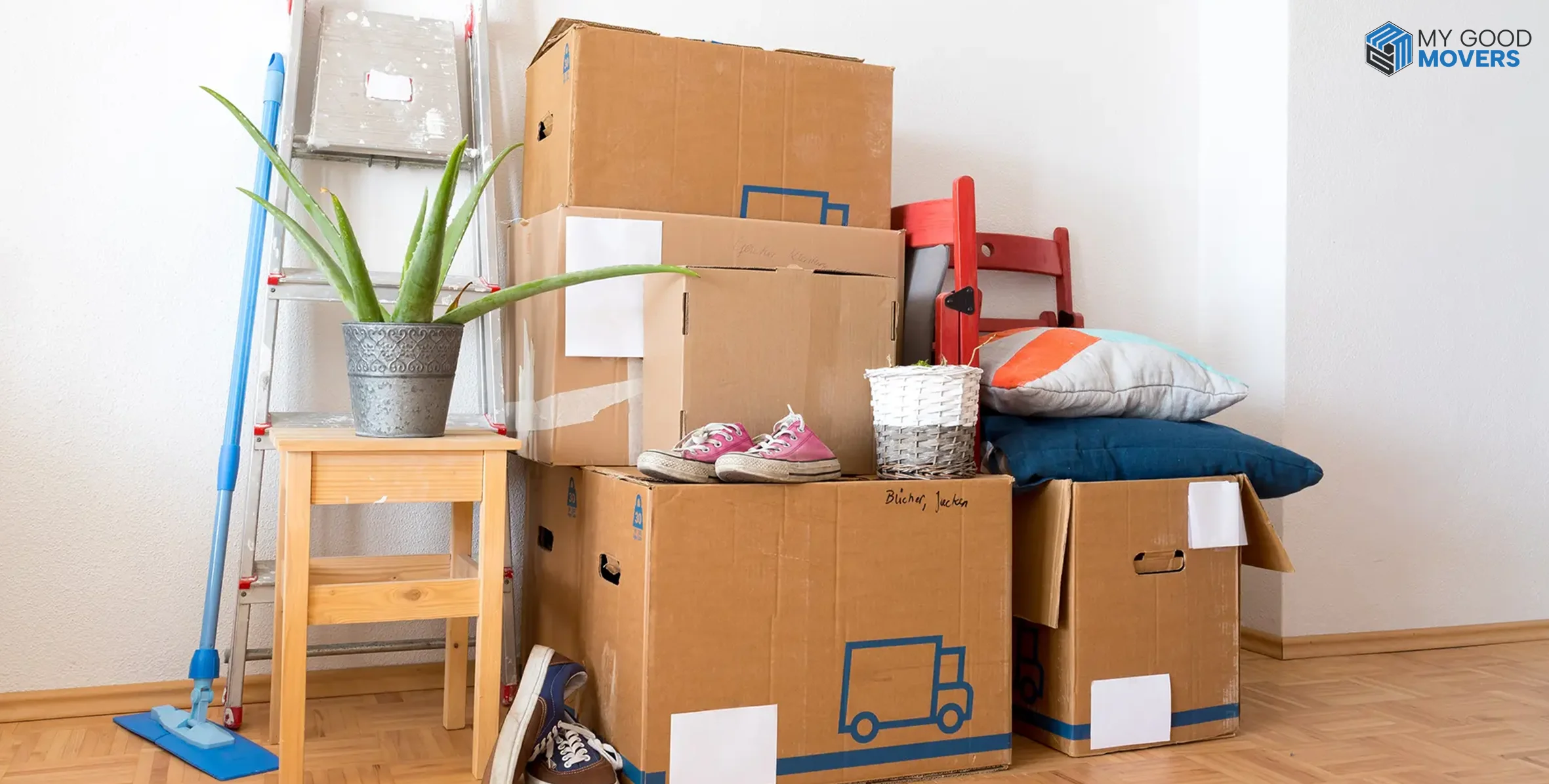
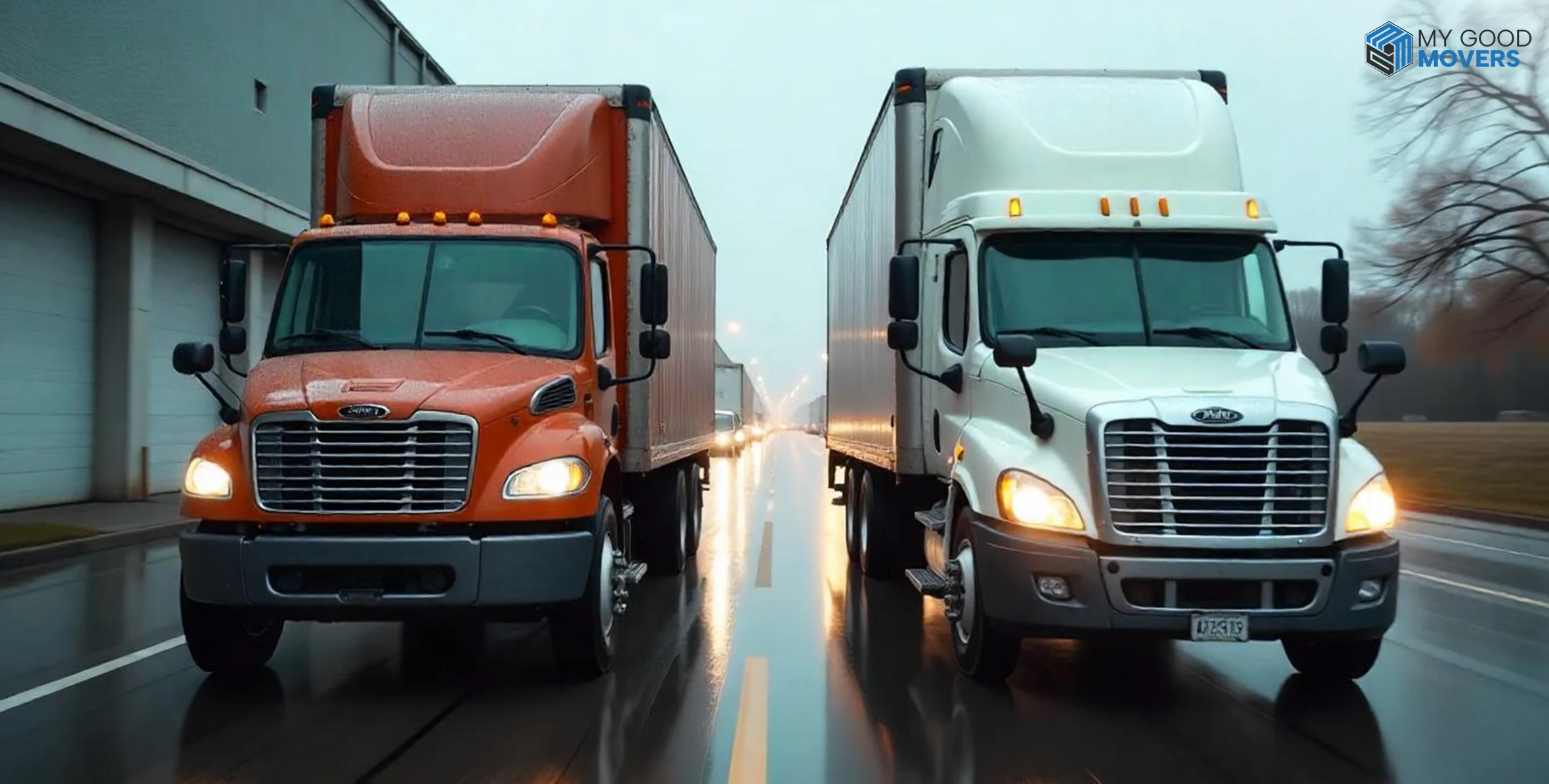





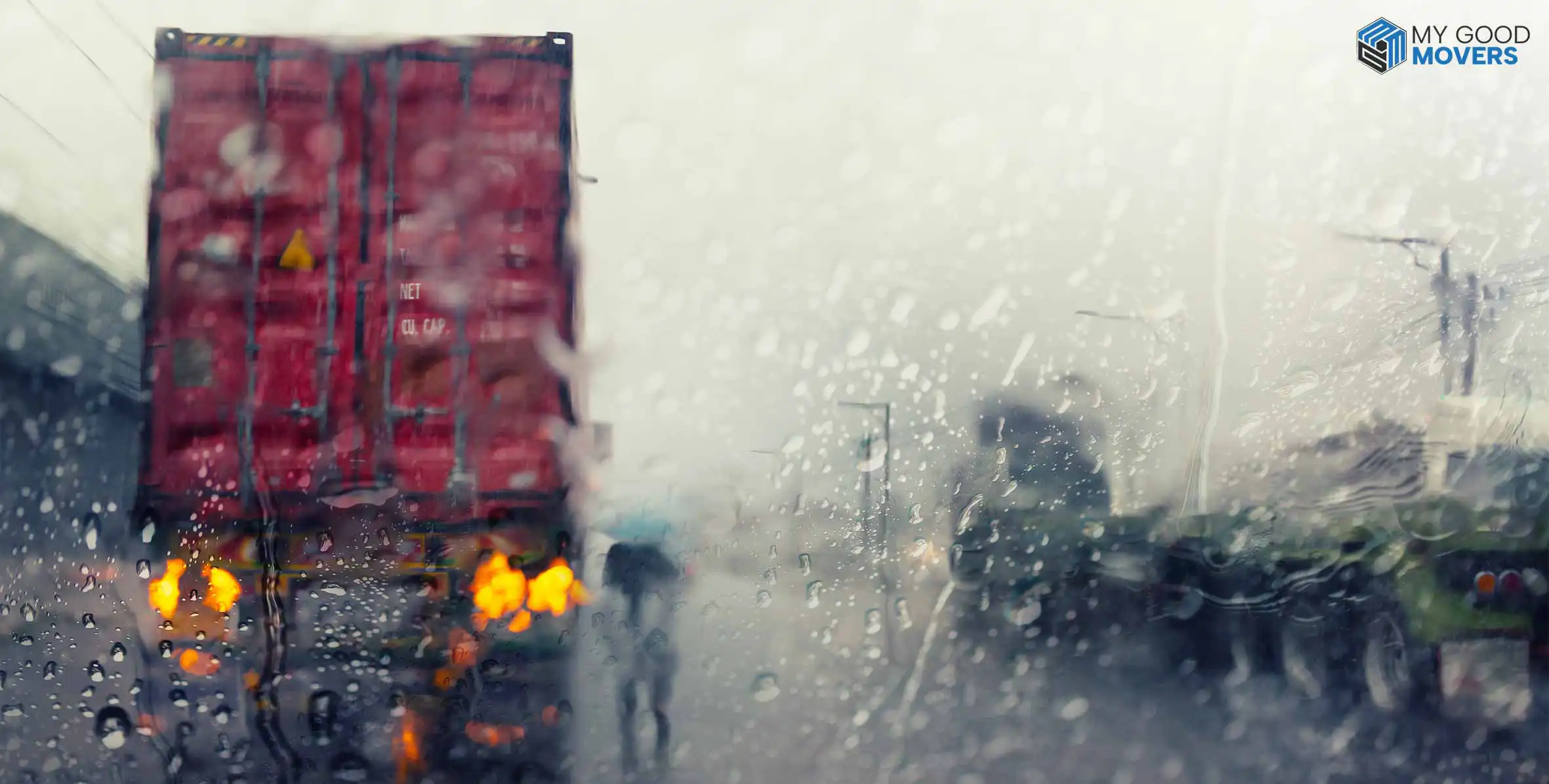

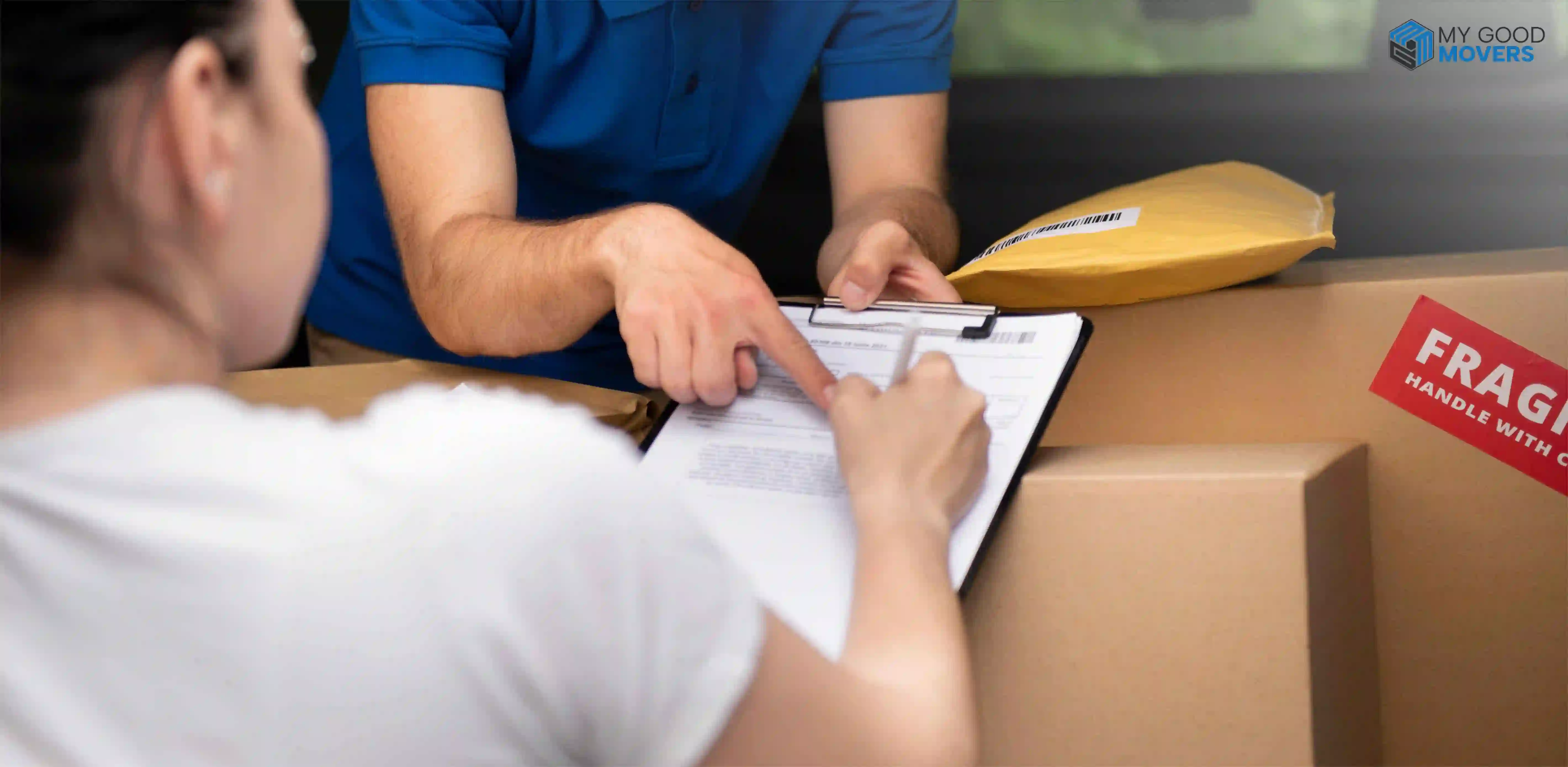






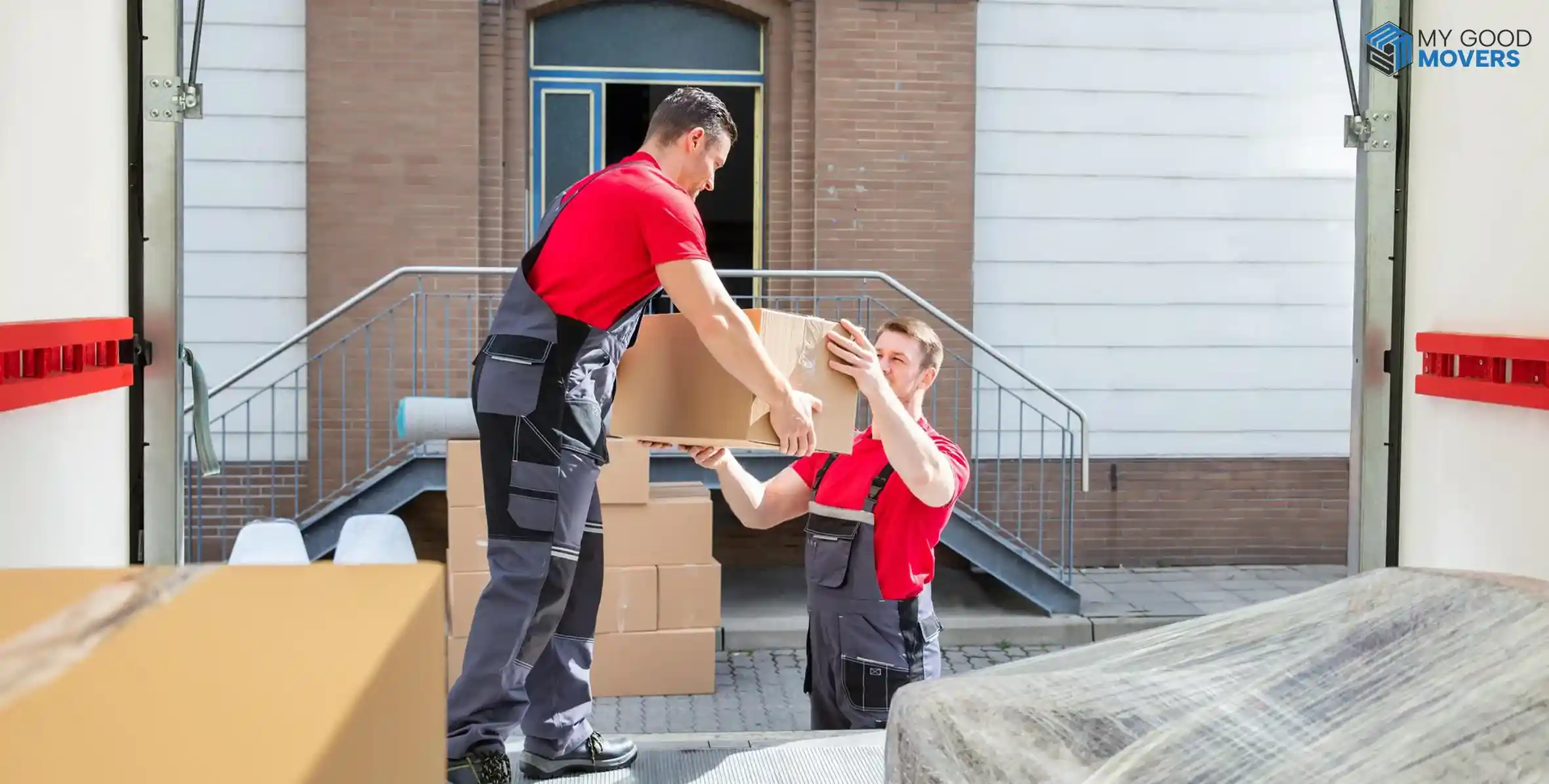
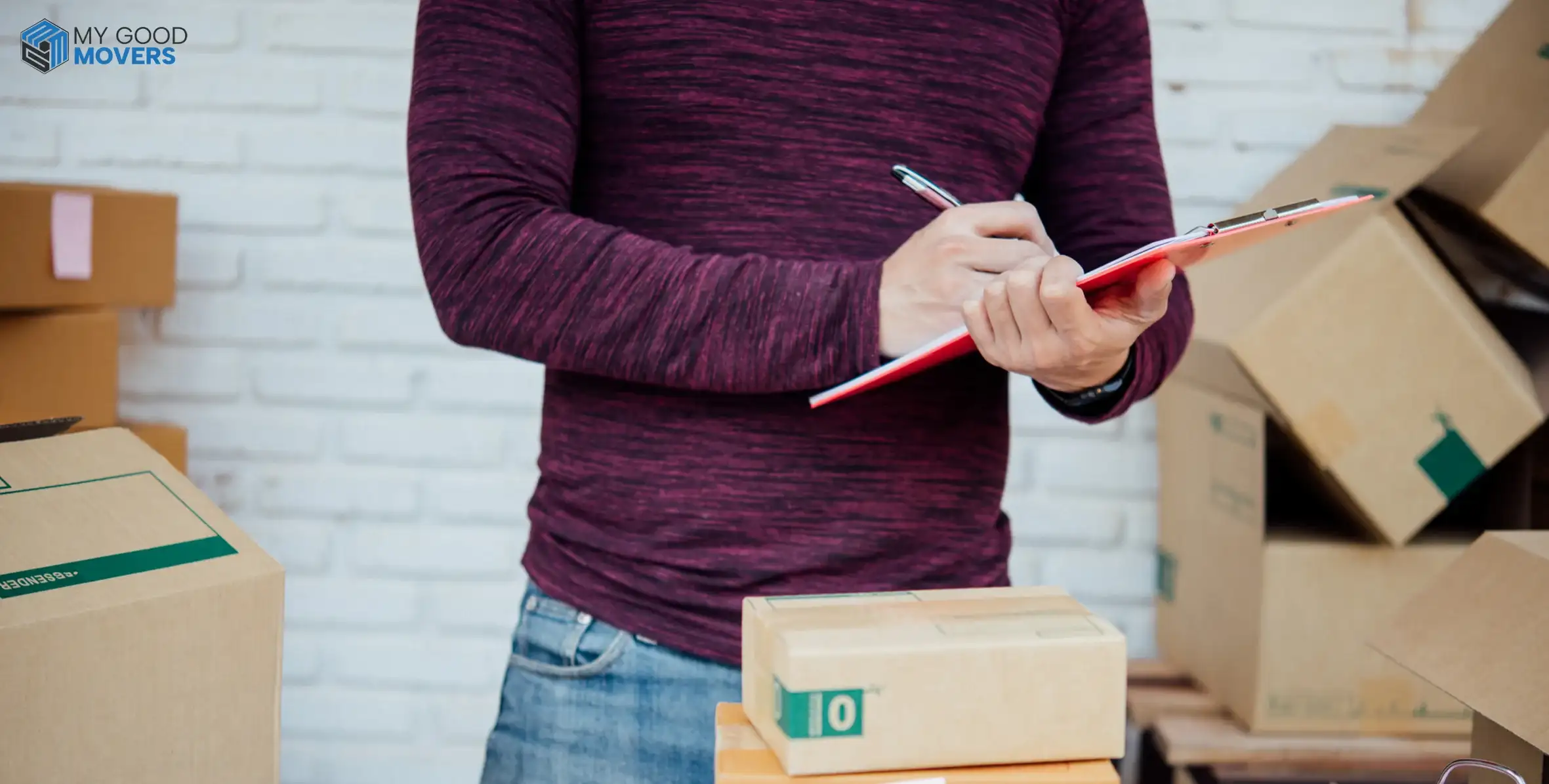
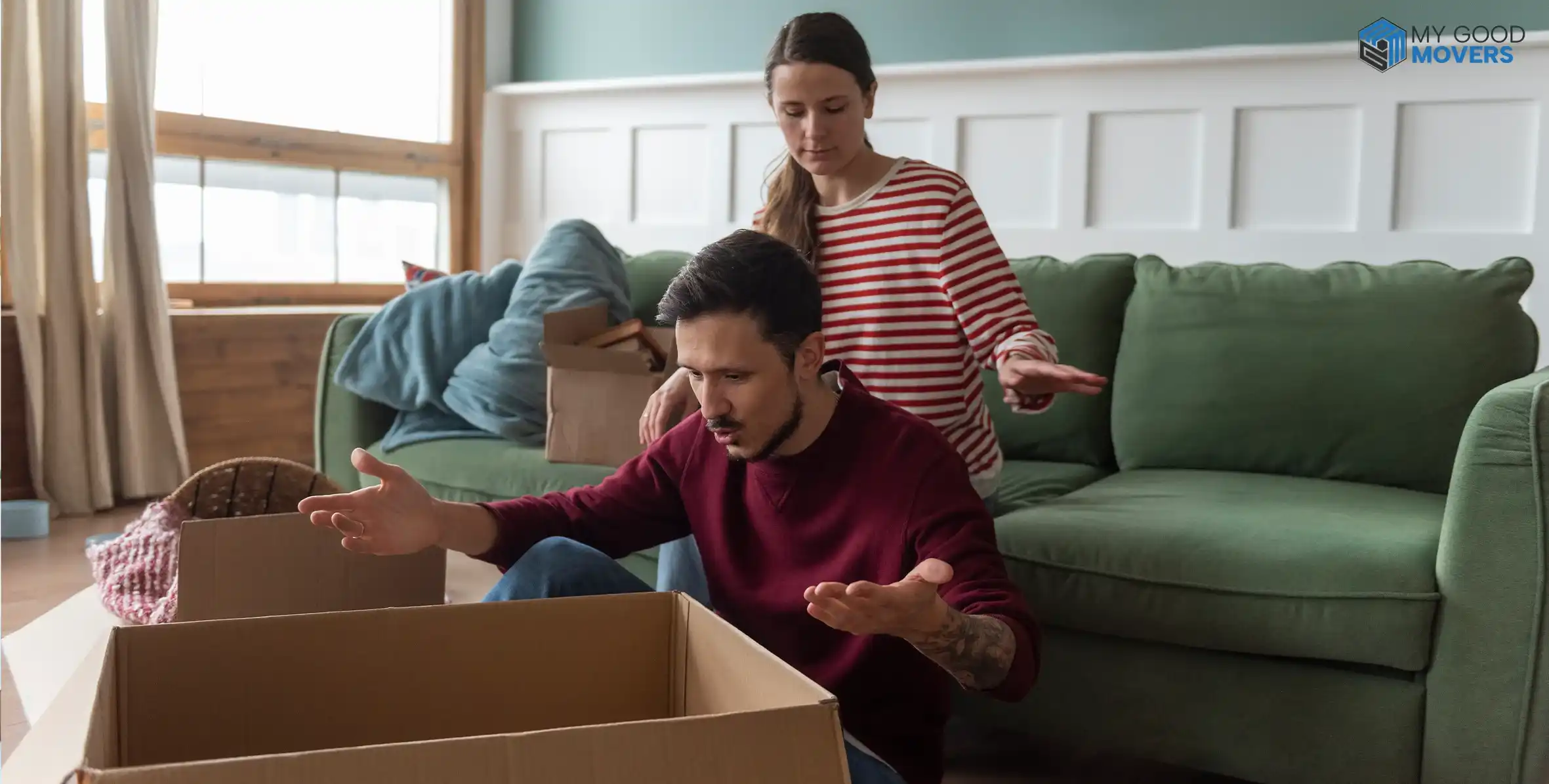
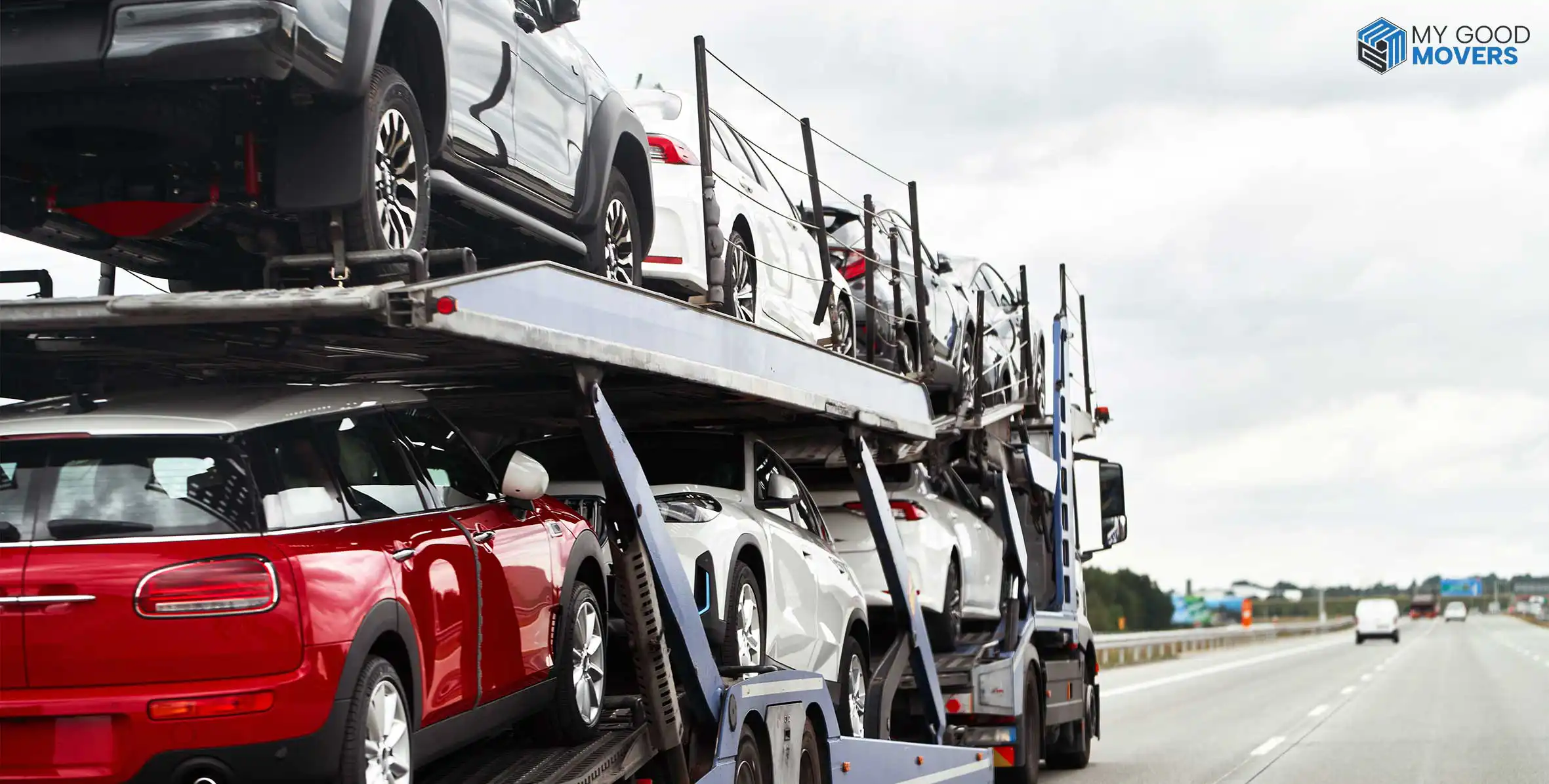

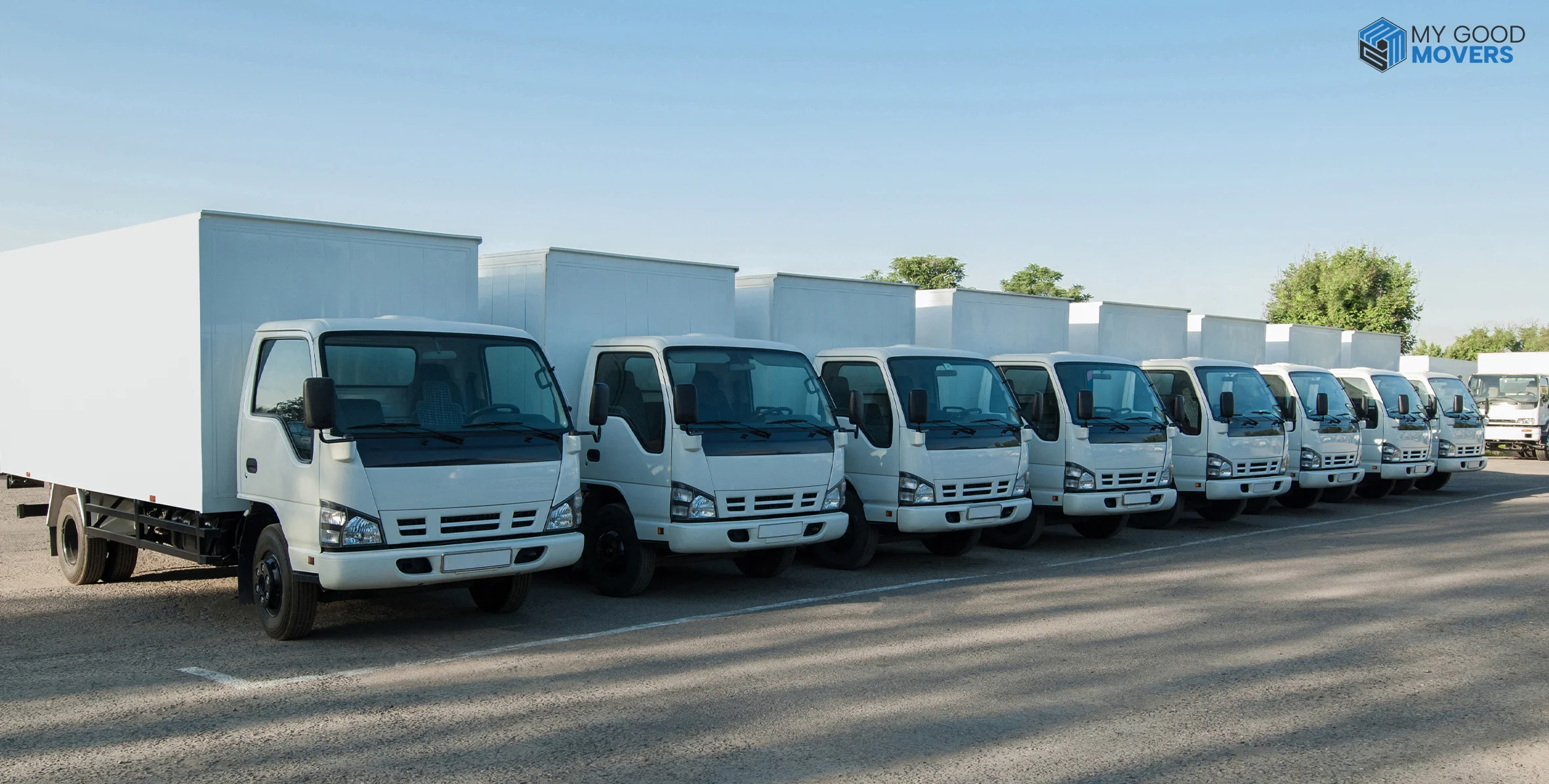


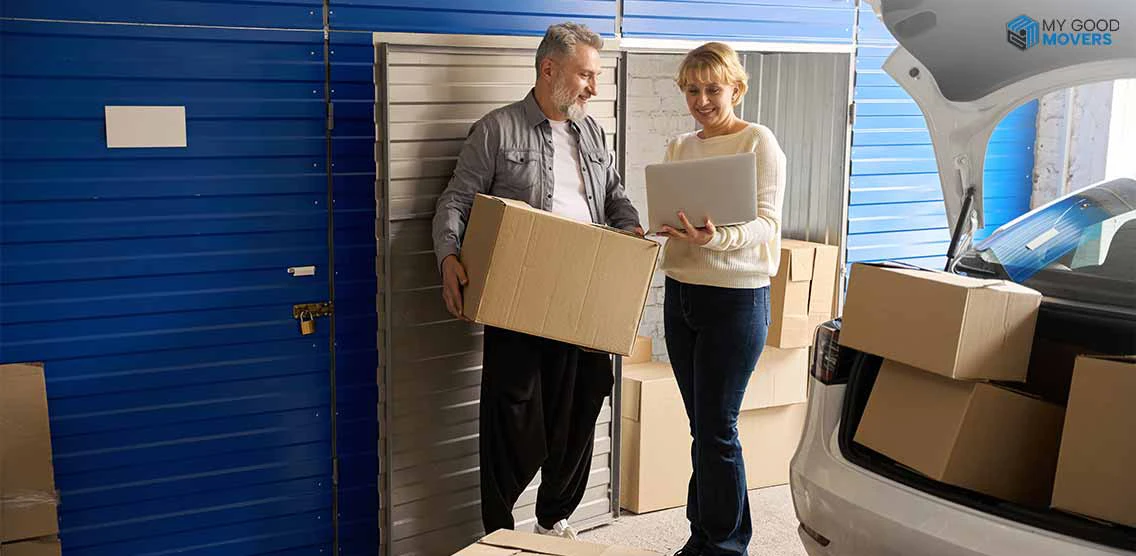
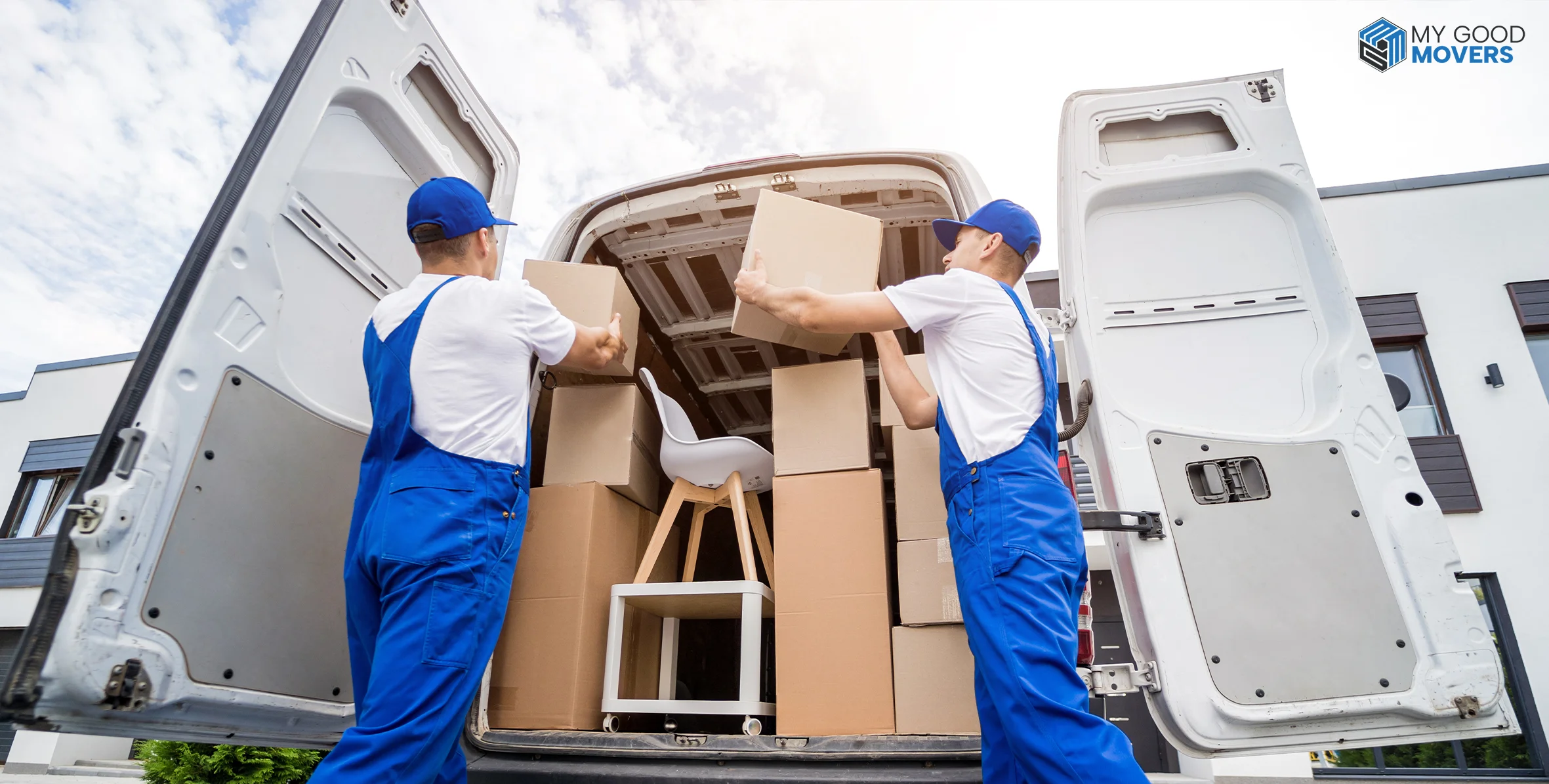

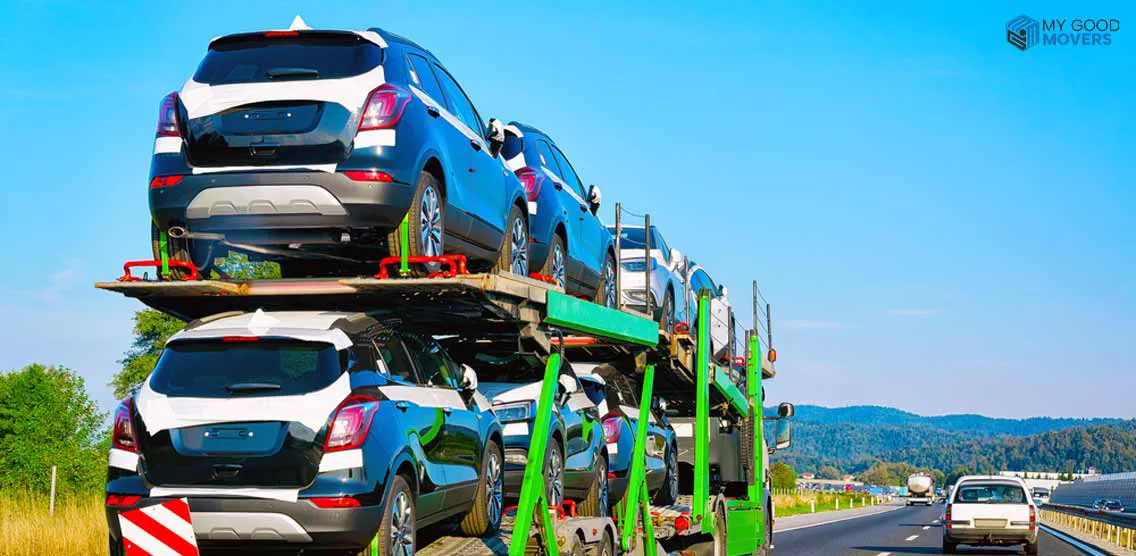






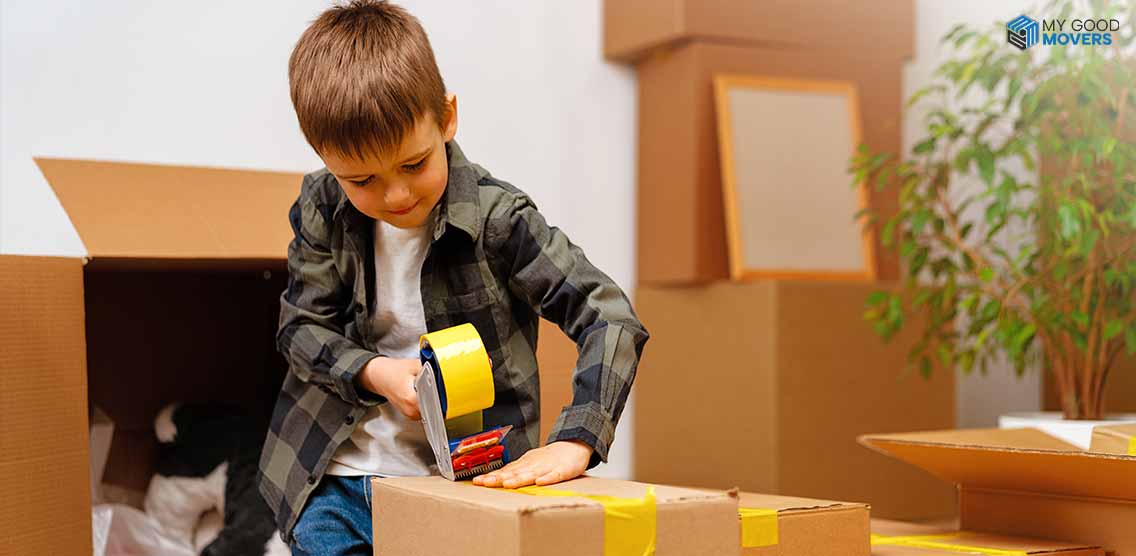
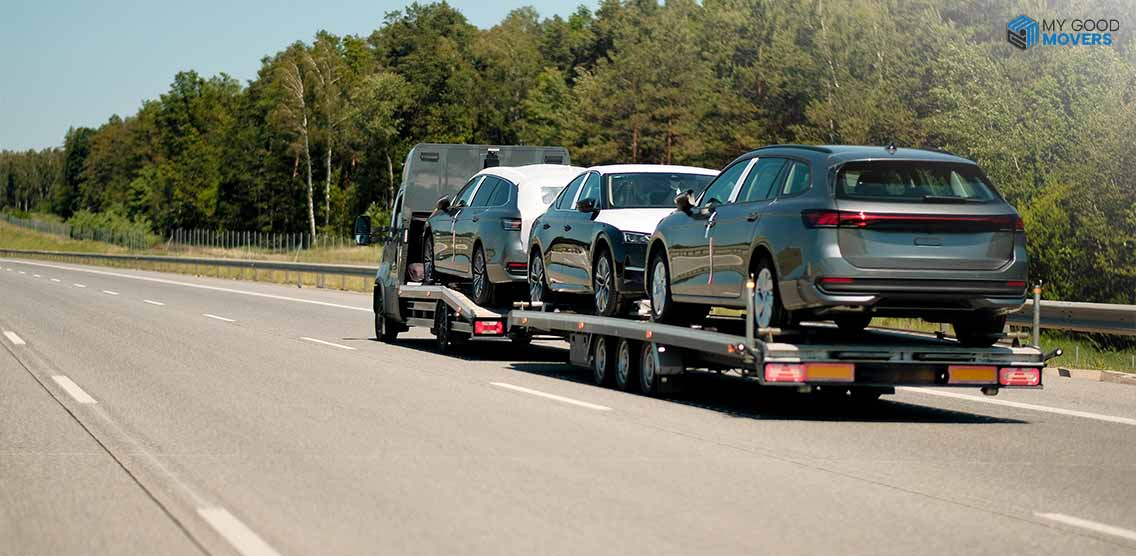
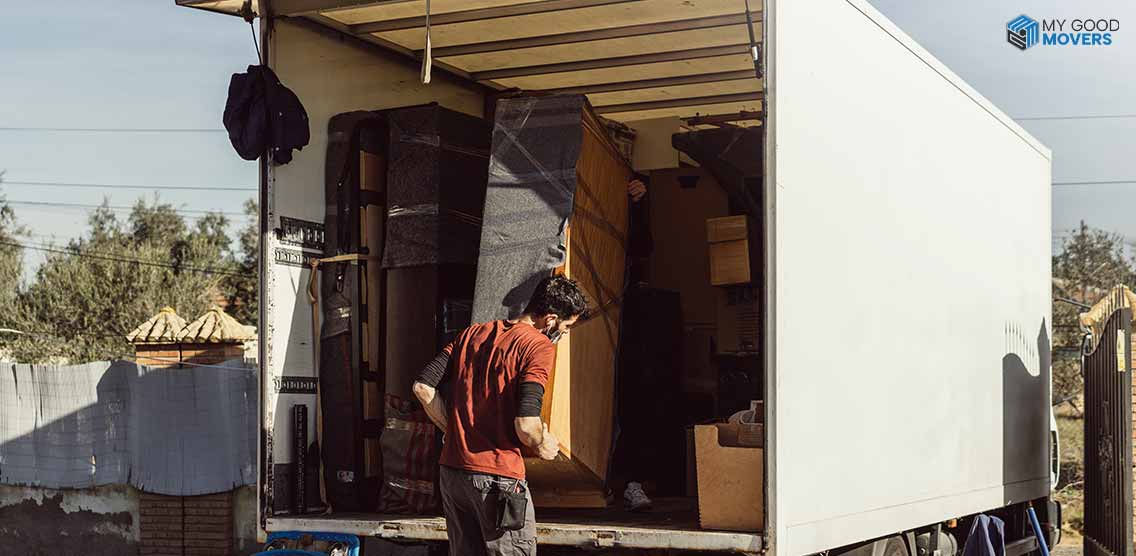
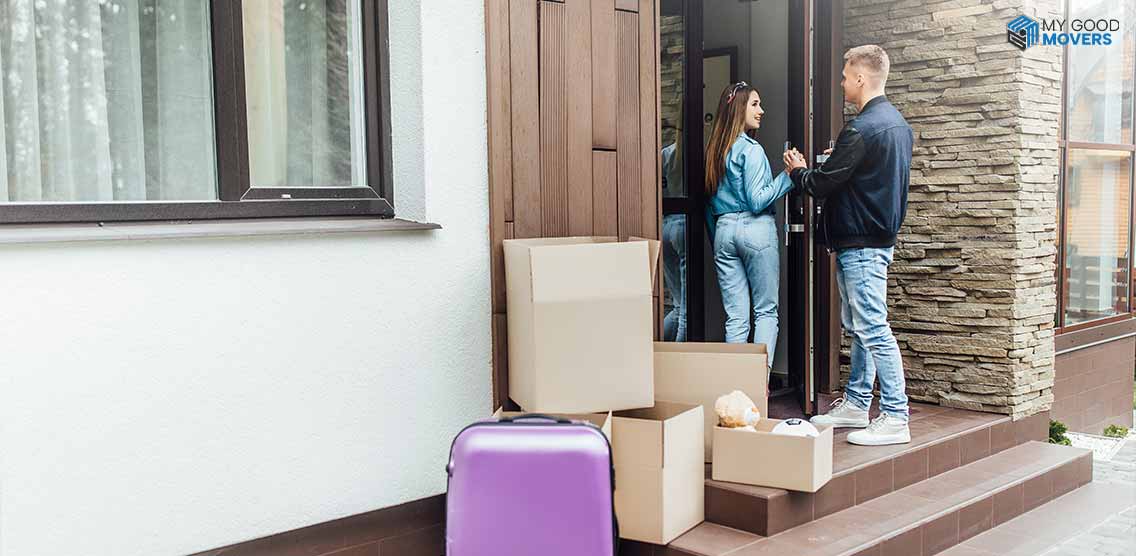


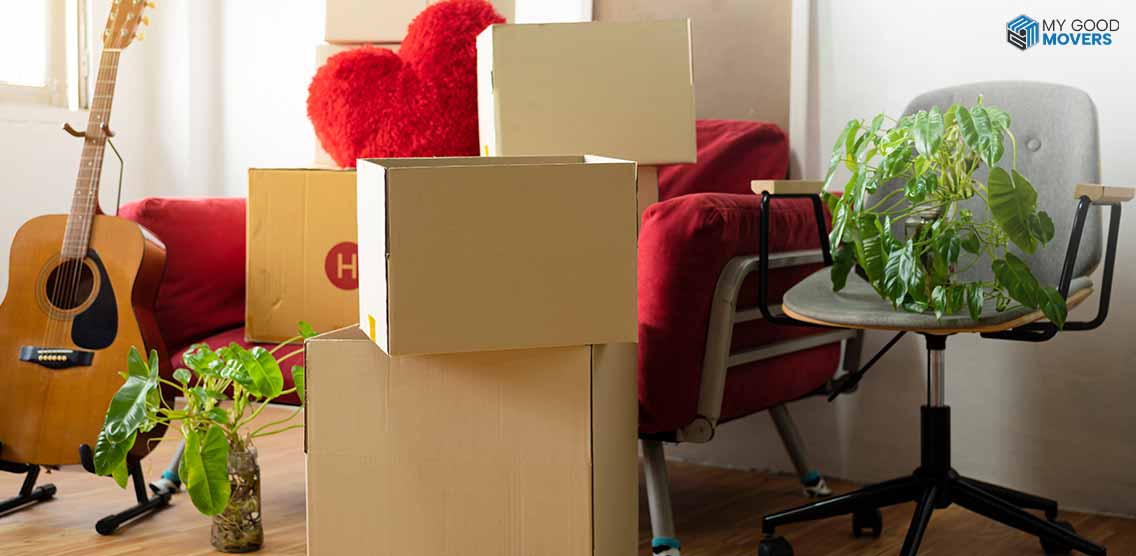




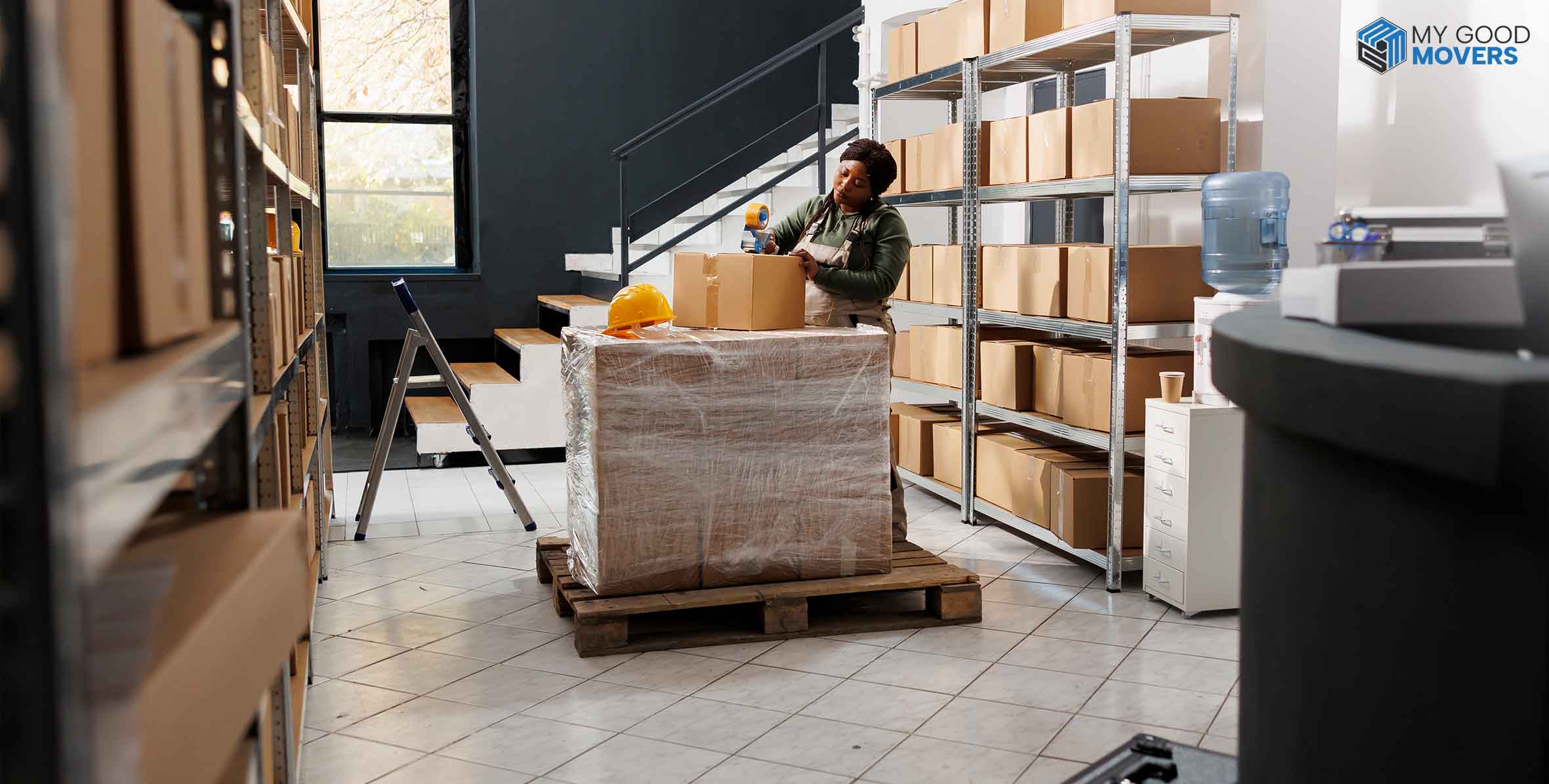










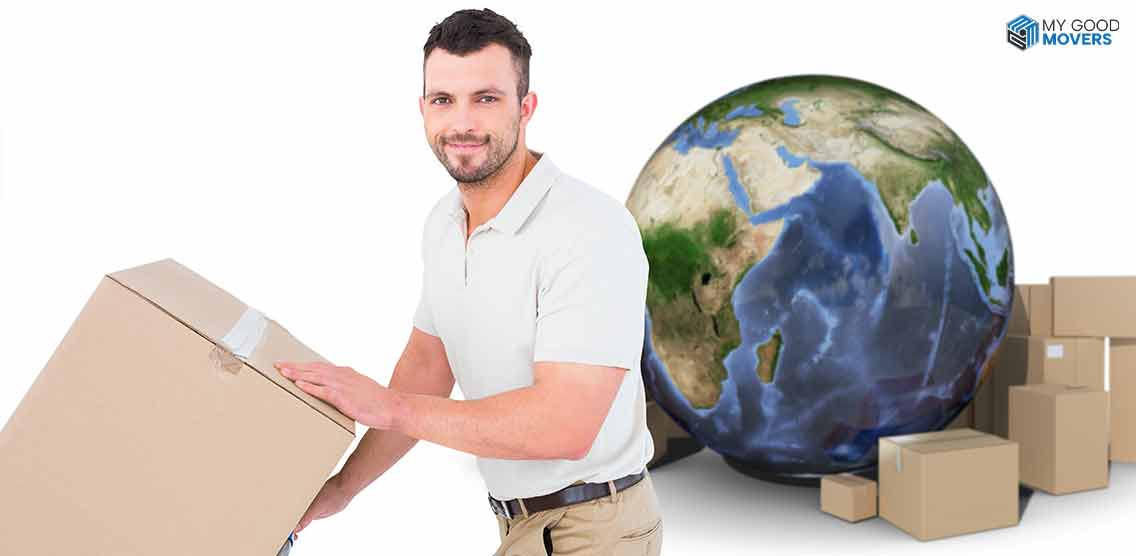
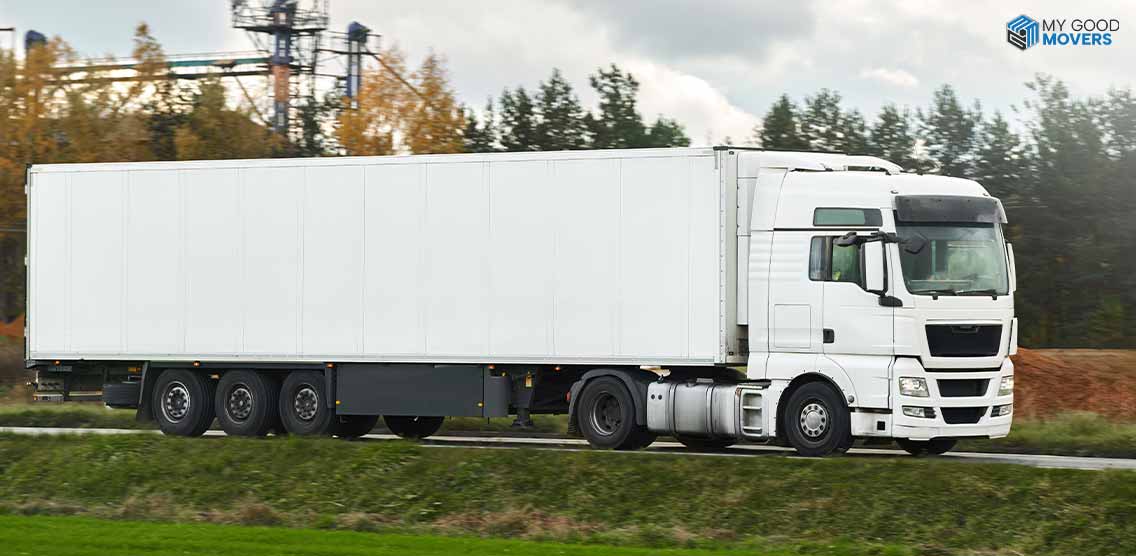





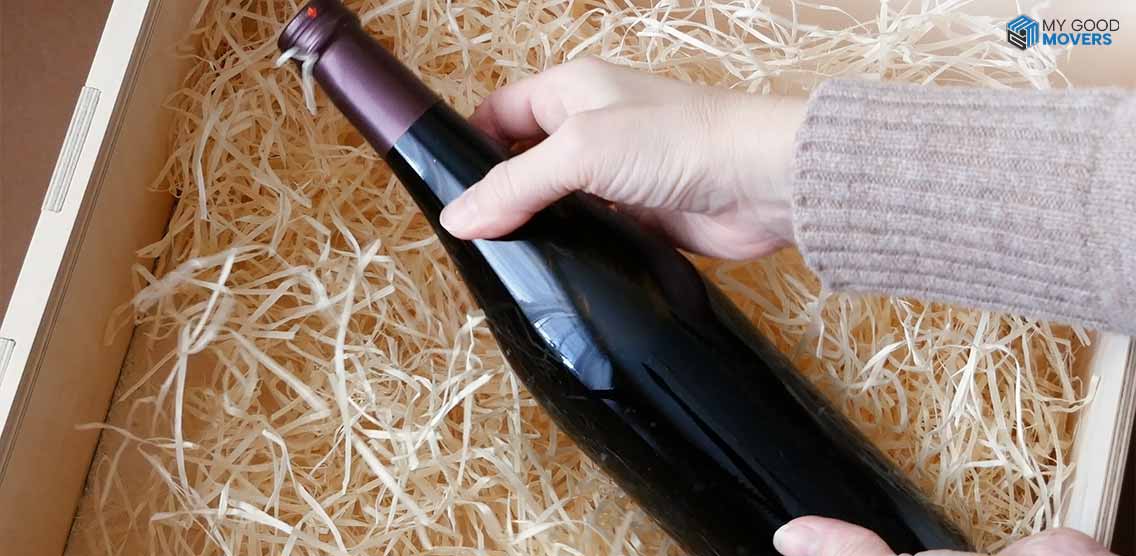

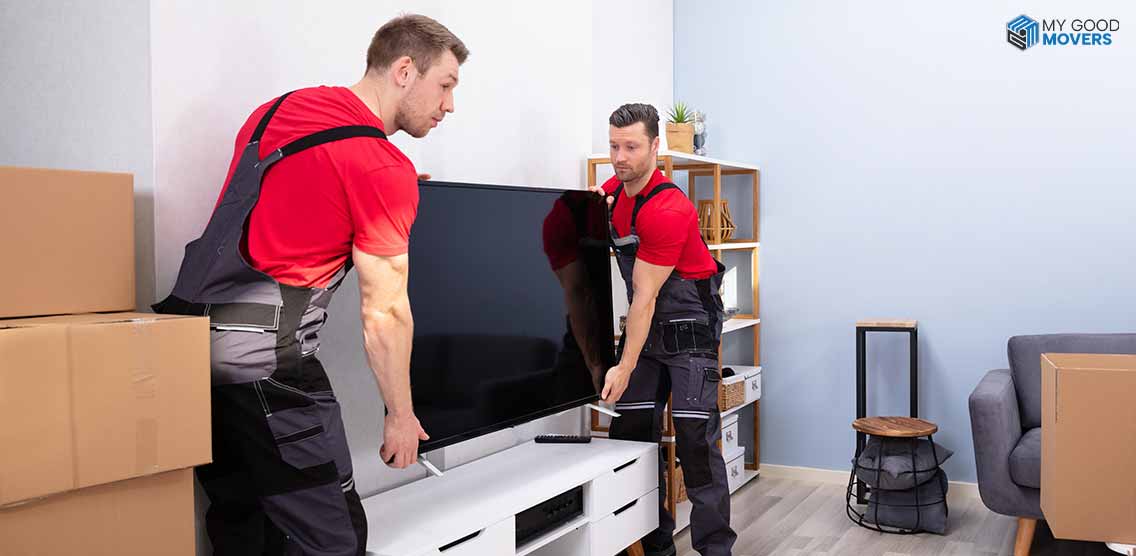





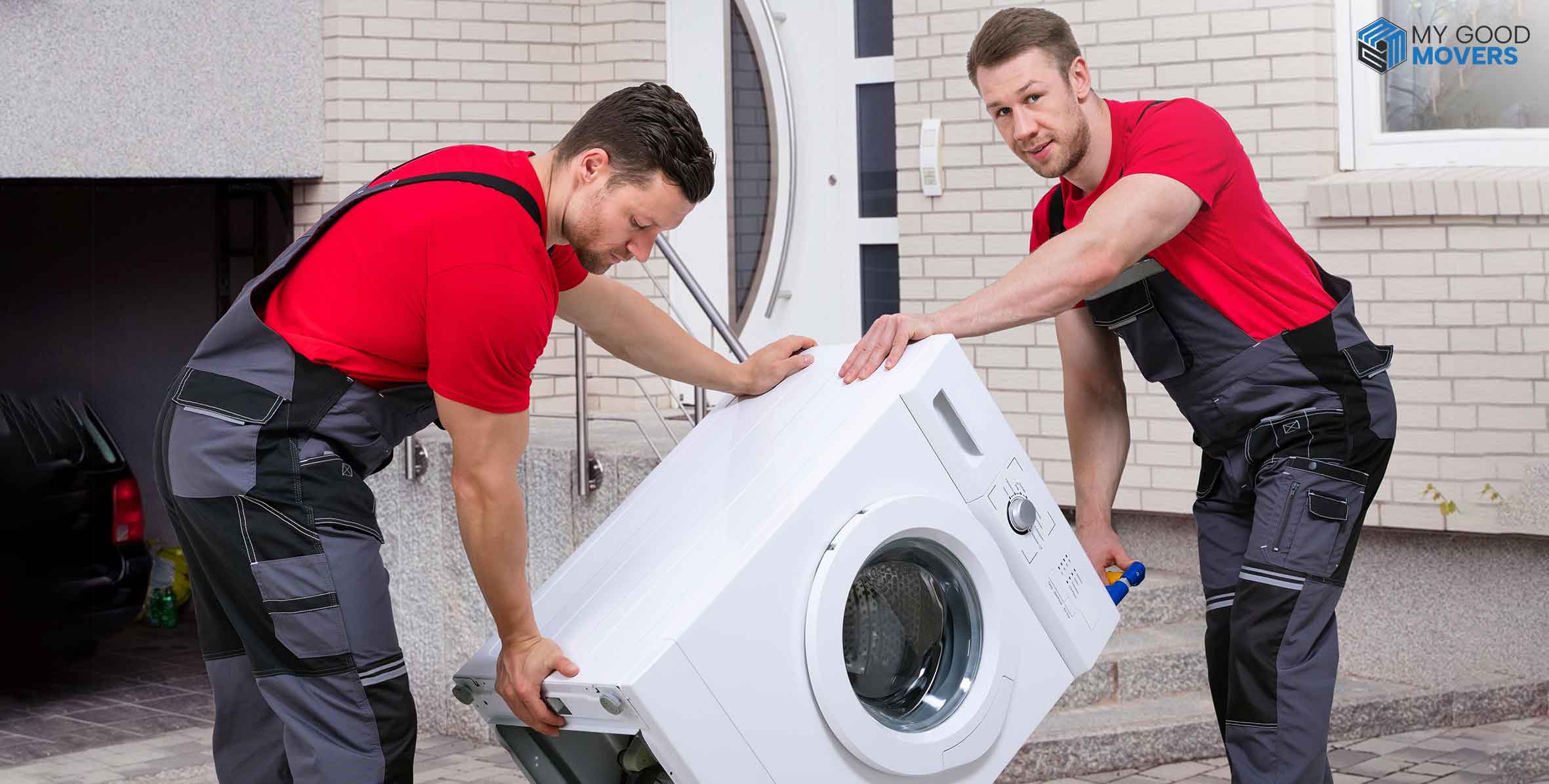
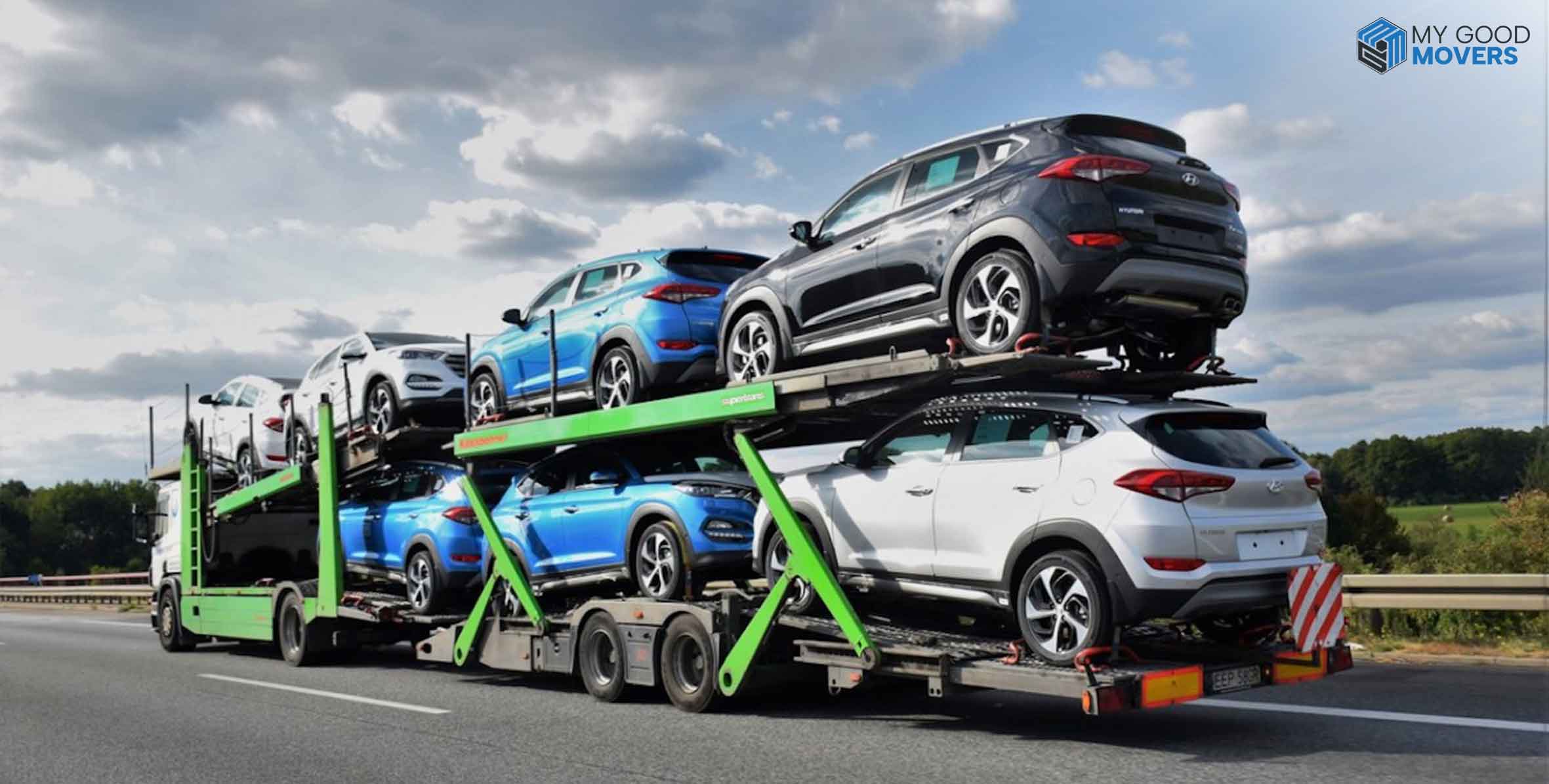


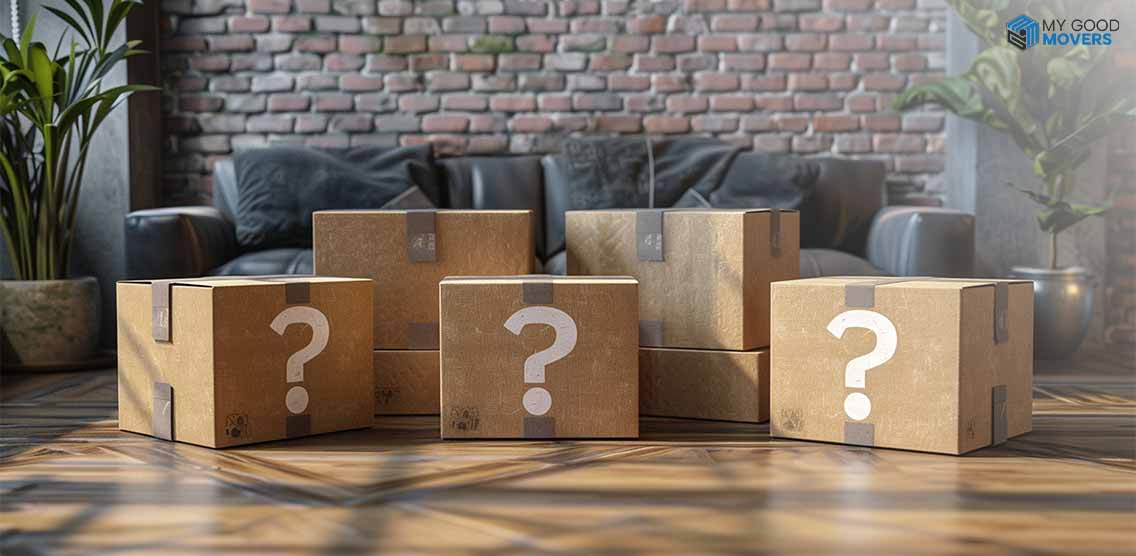
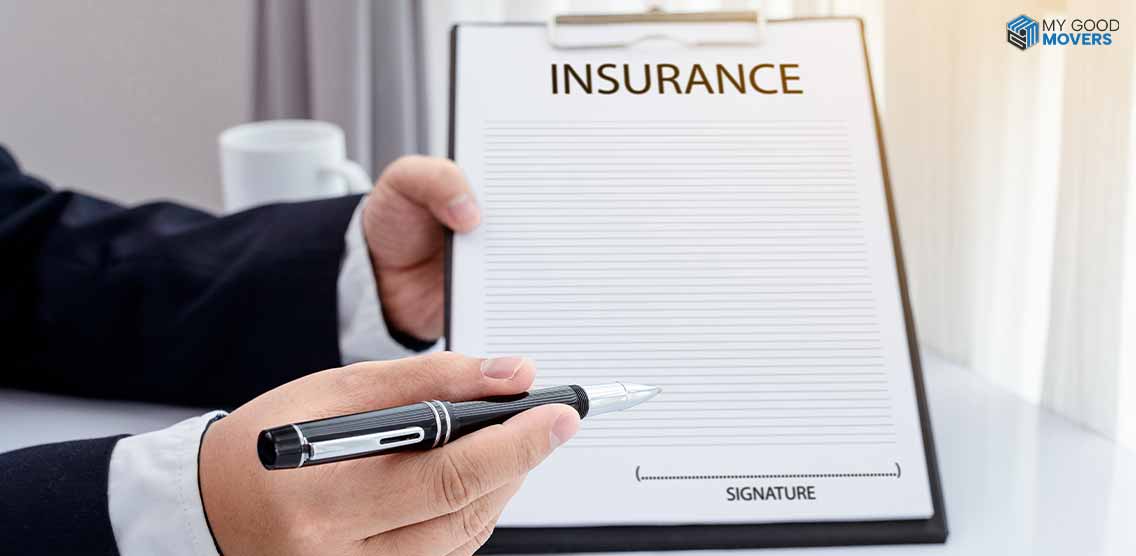
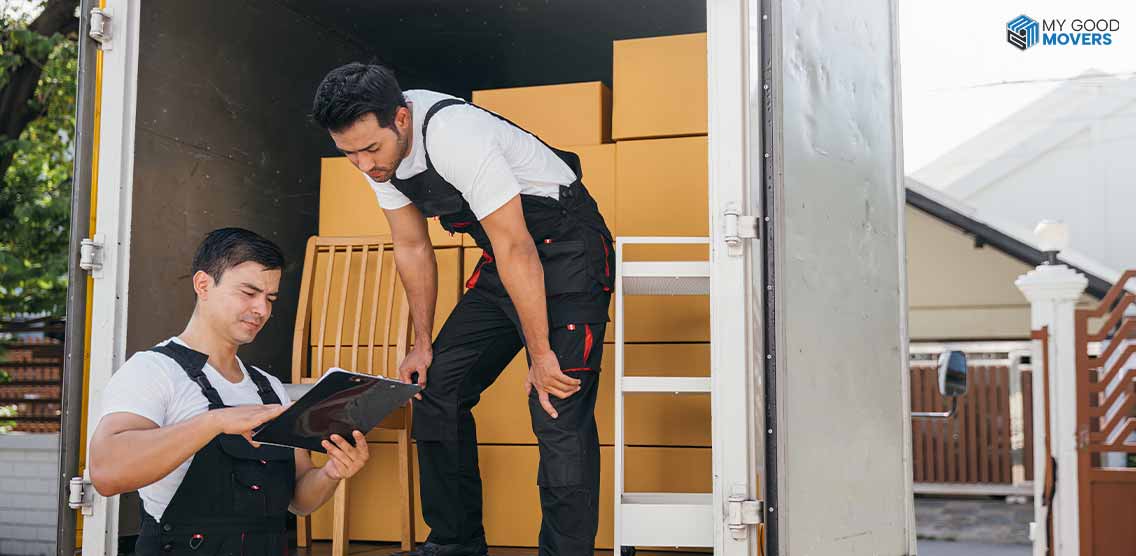

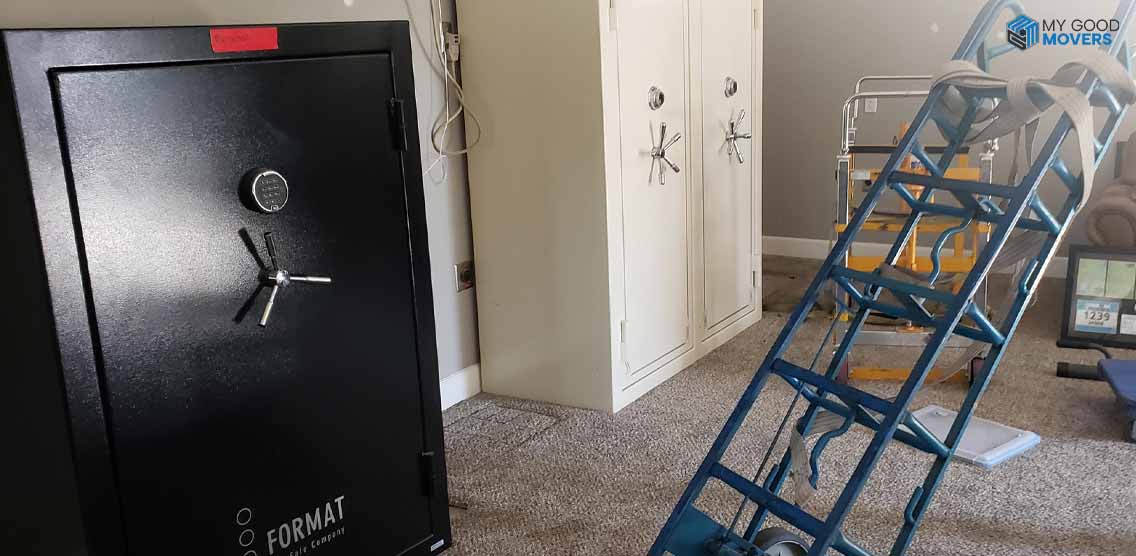
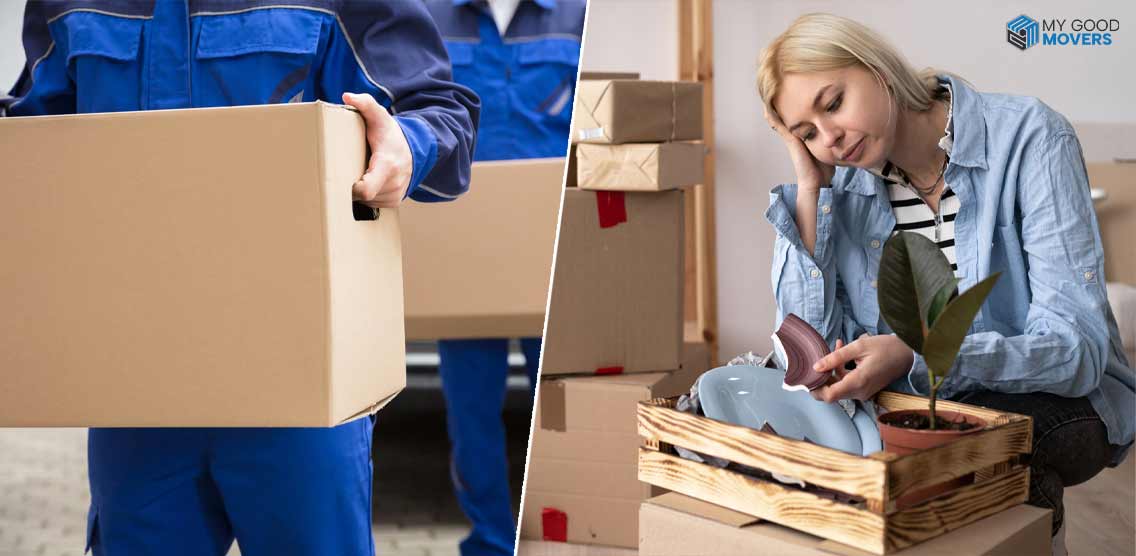
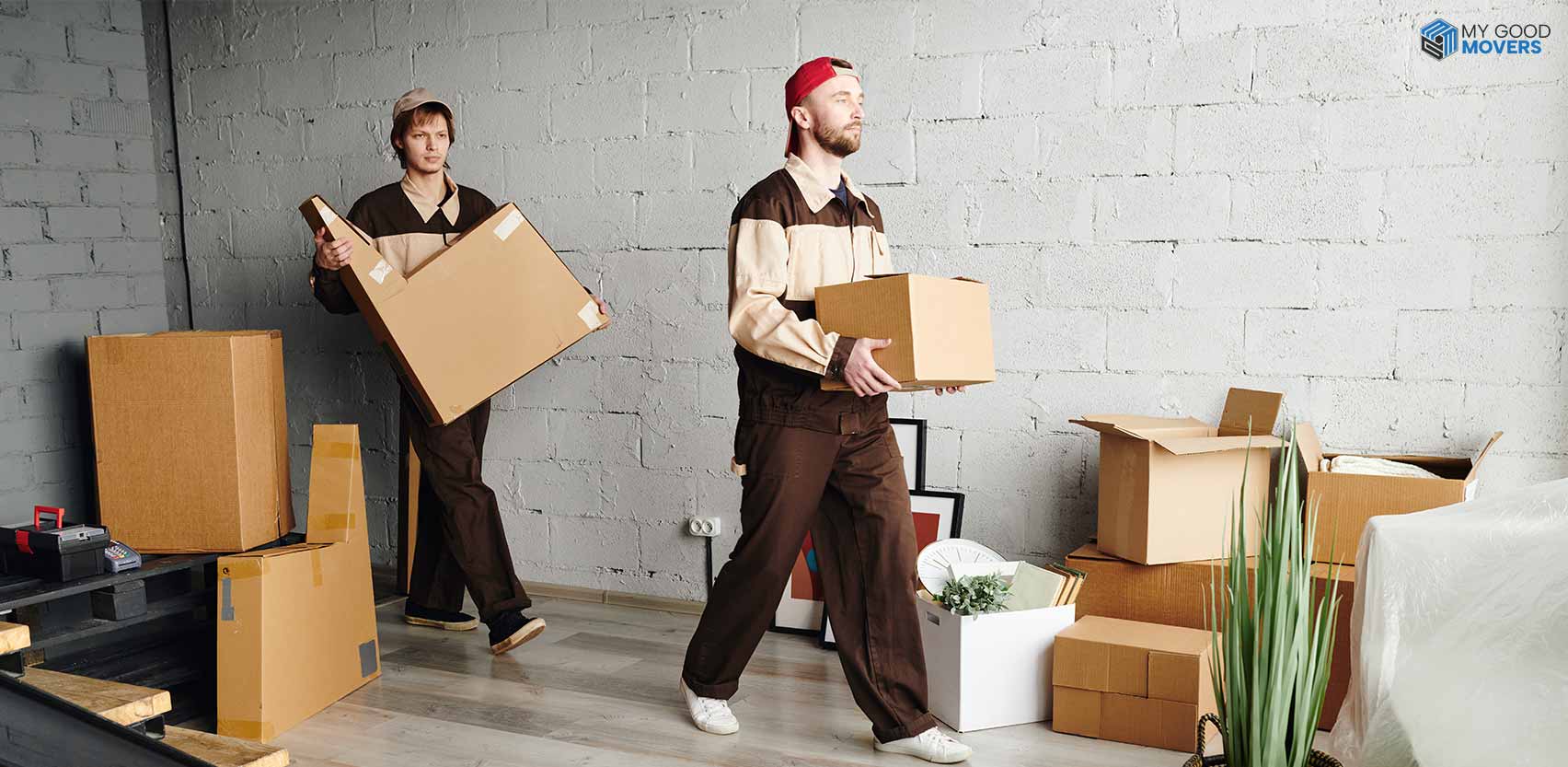







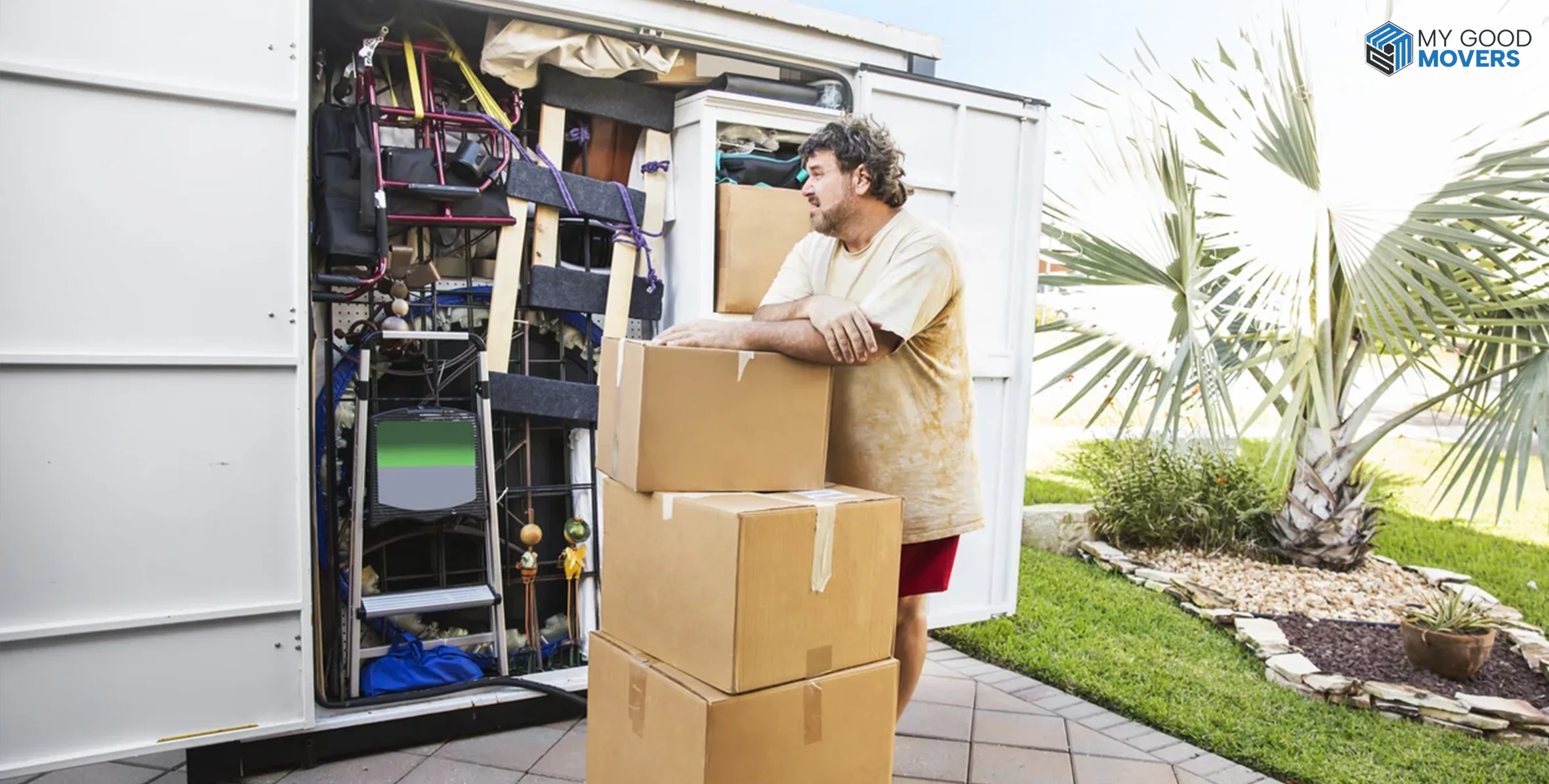
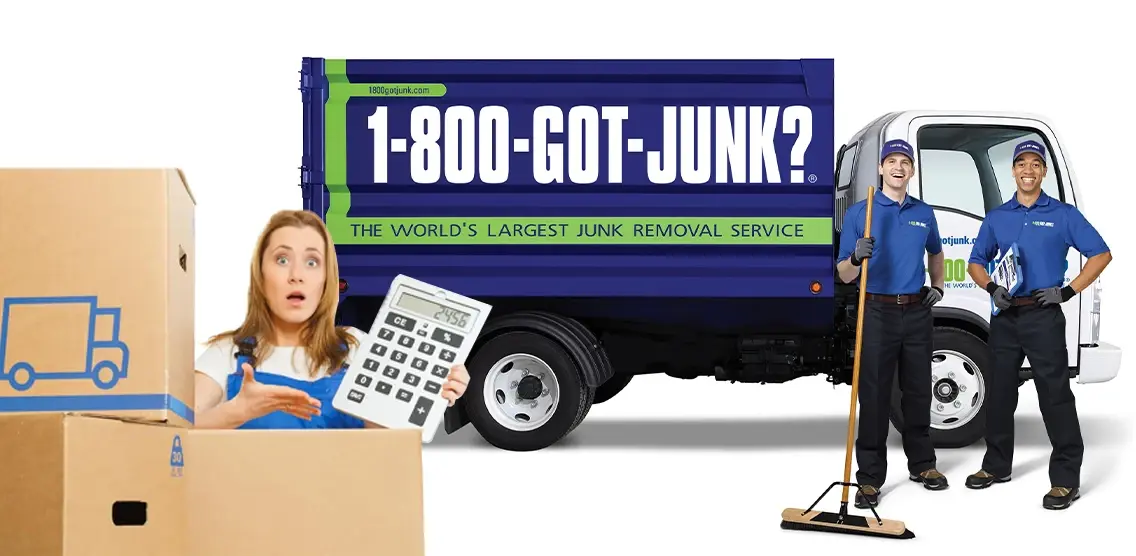
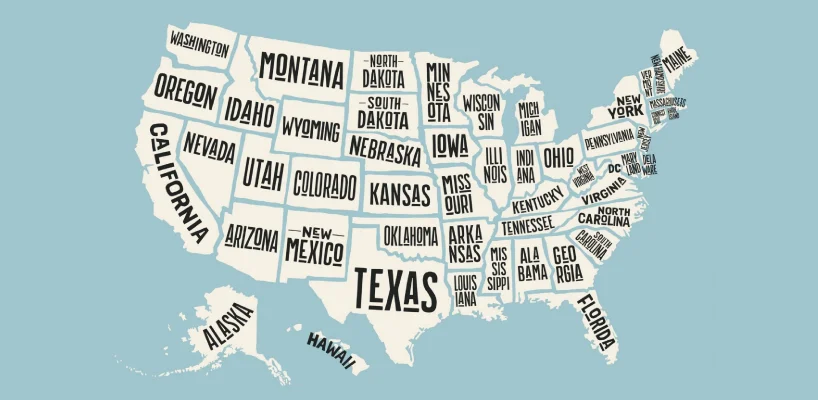

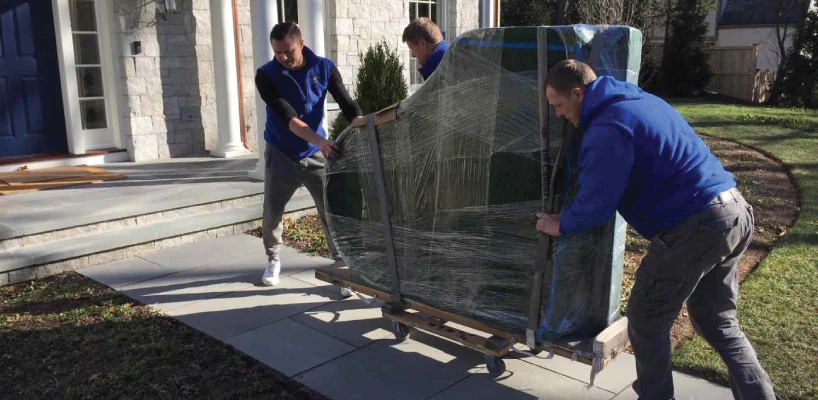

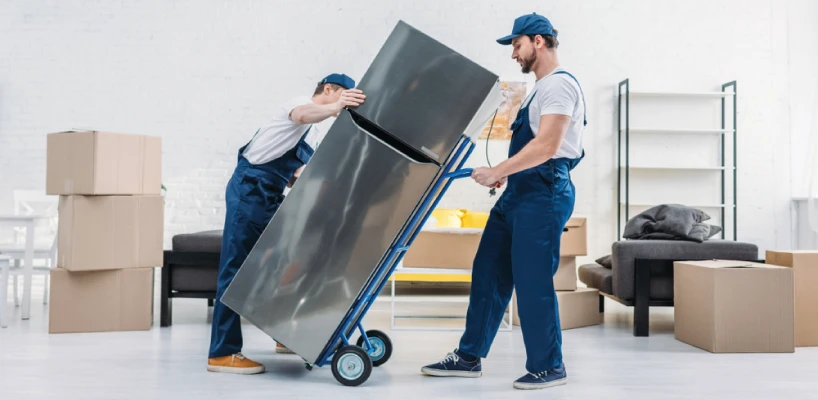

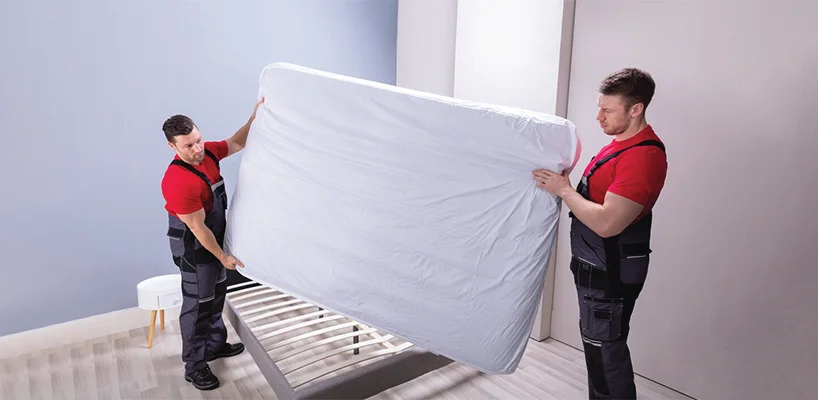
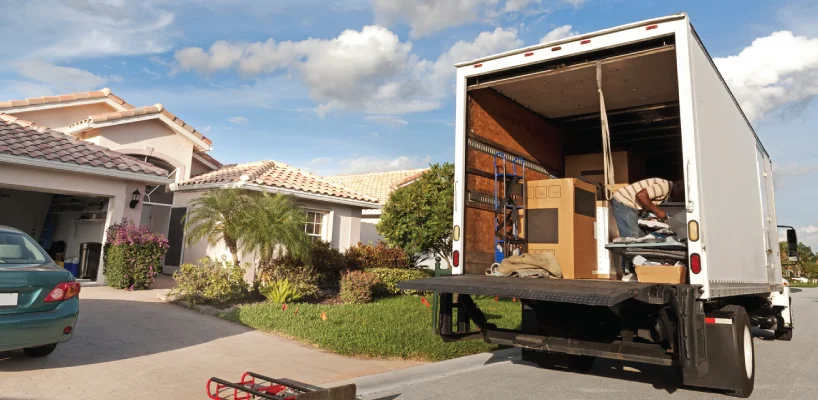
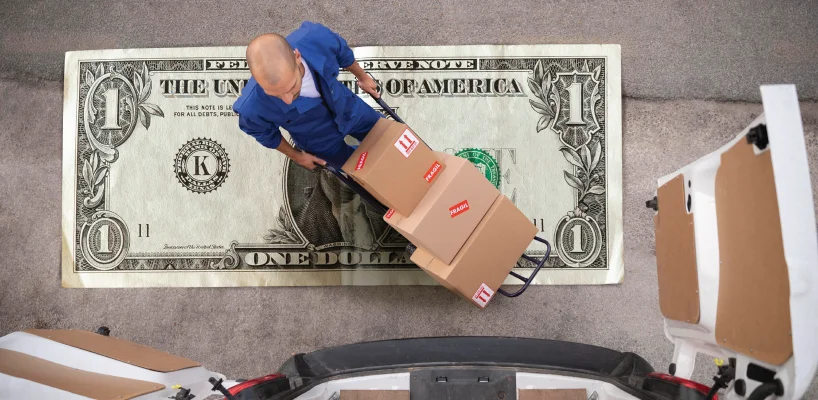



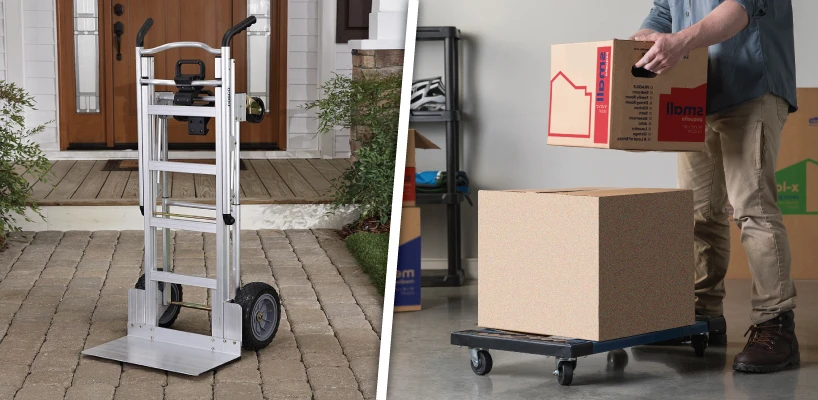
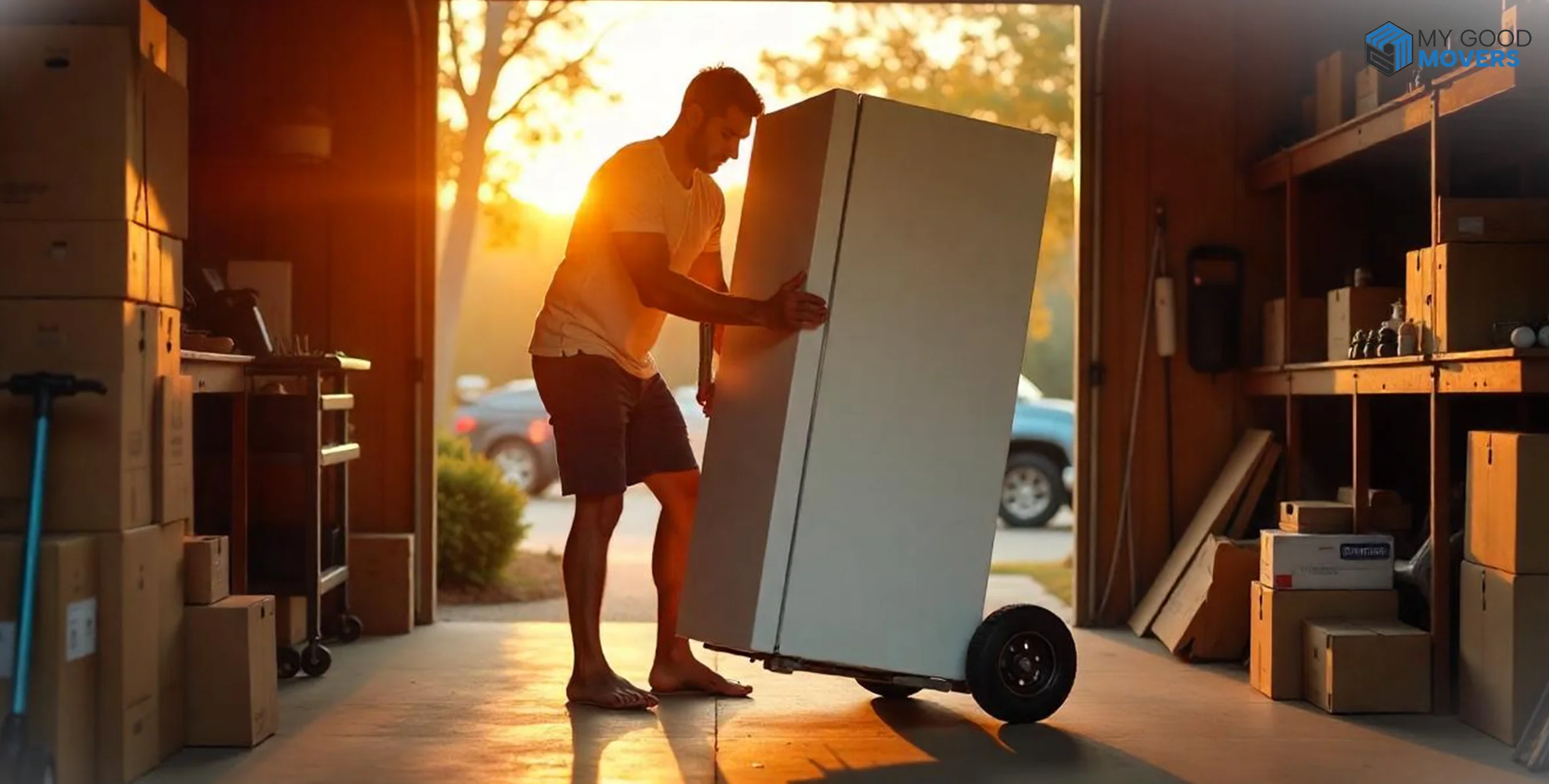
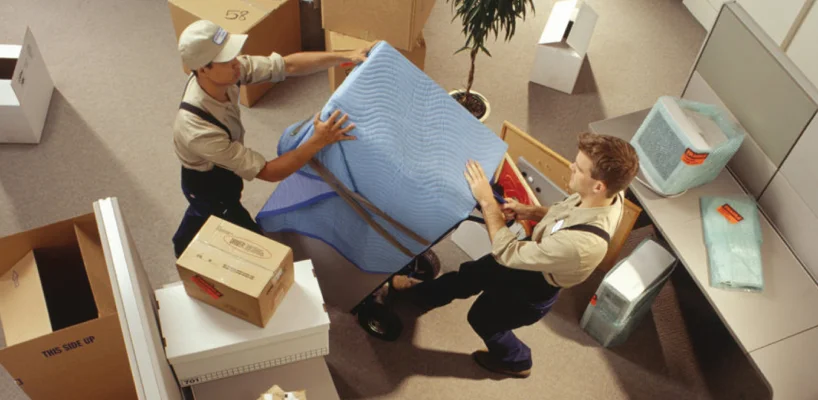


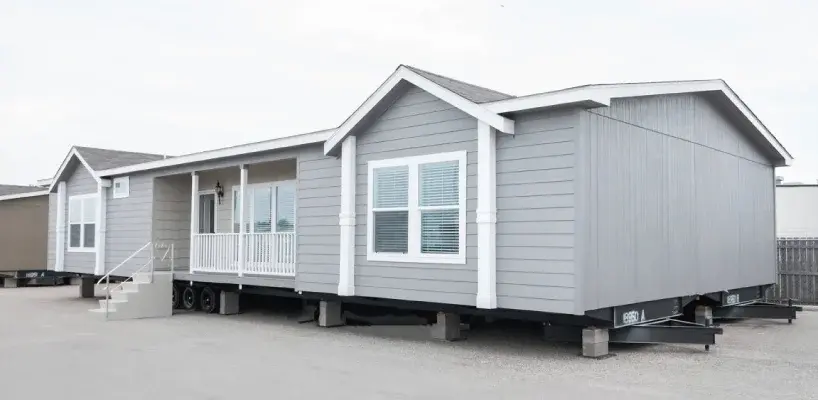


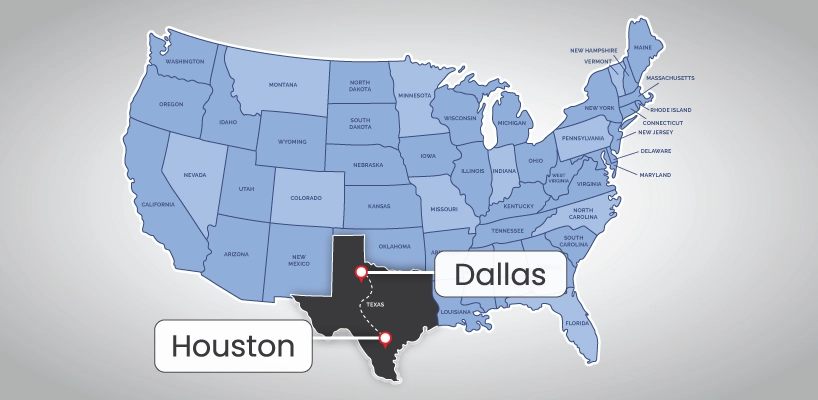

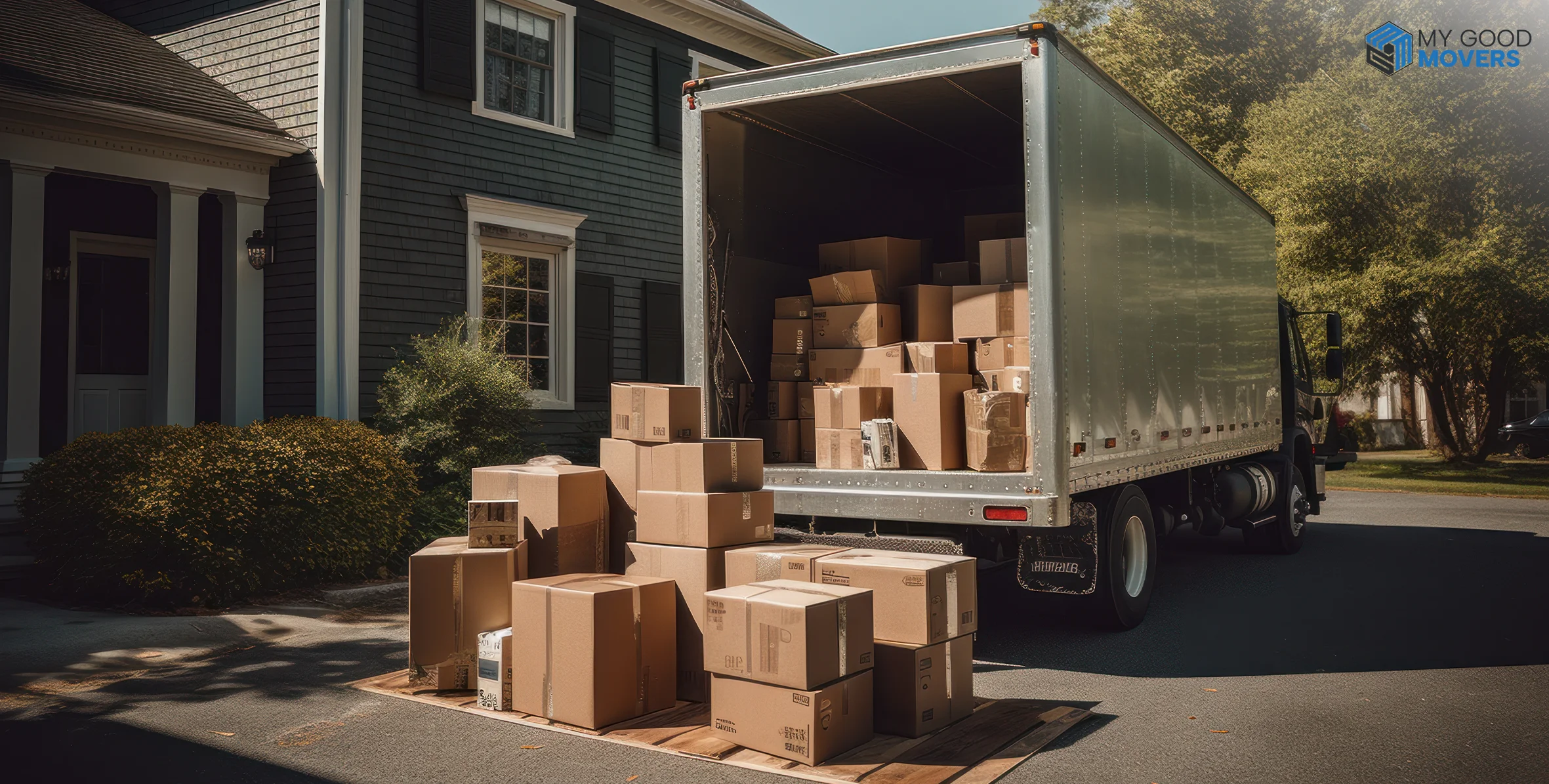
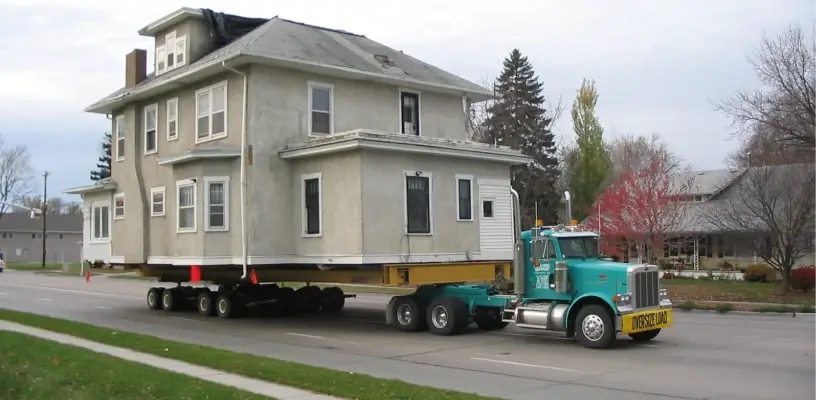
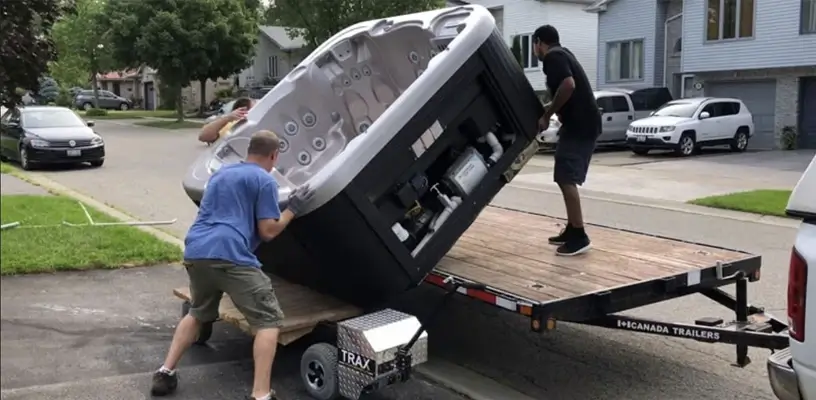




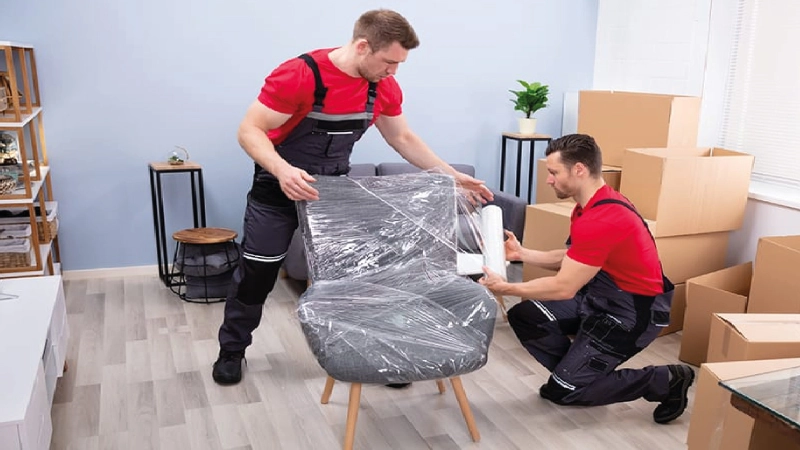
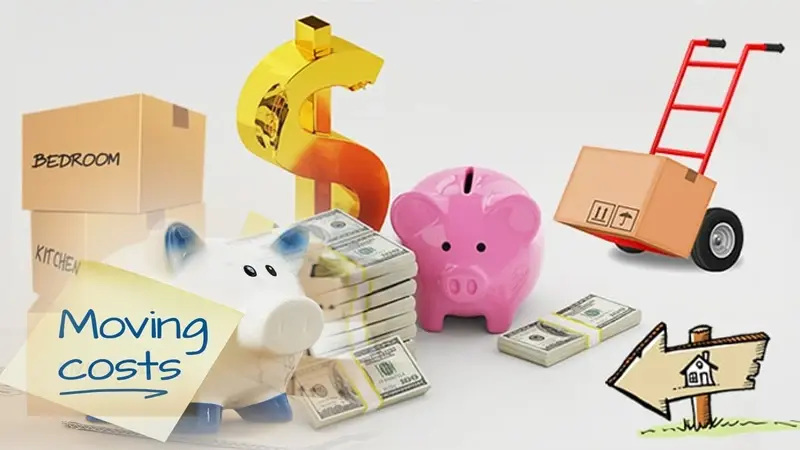
 (239) 799–6077
(239) 799–6077